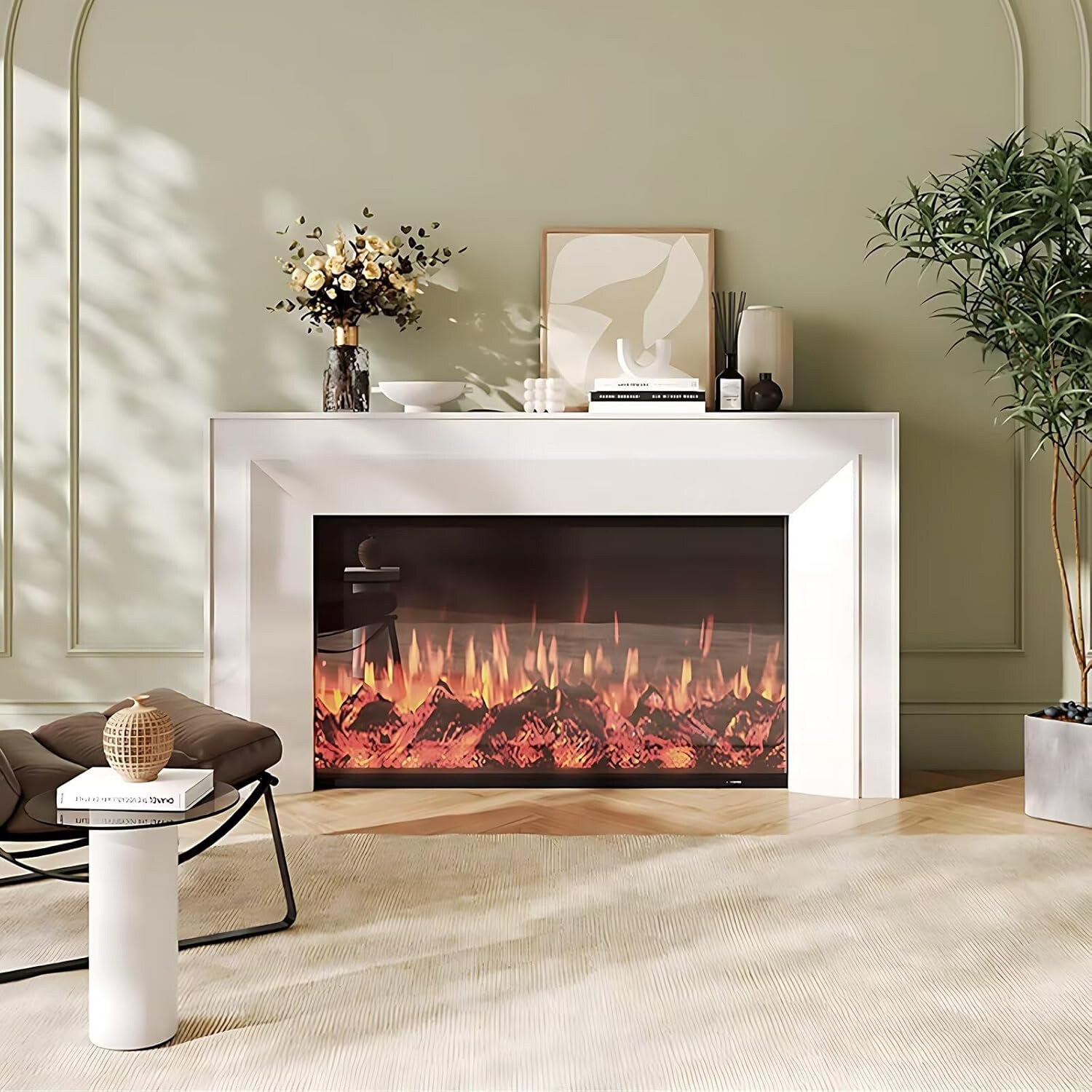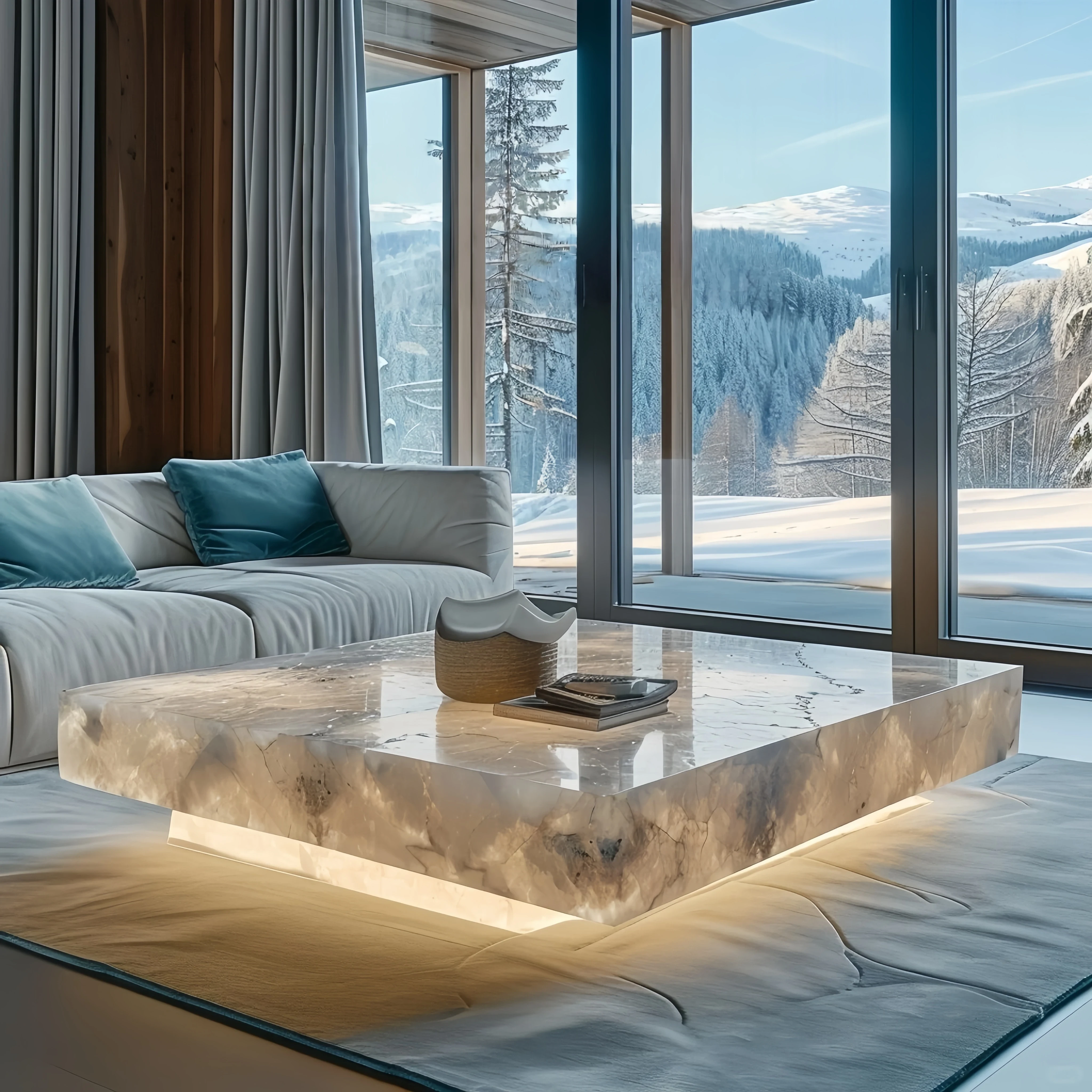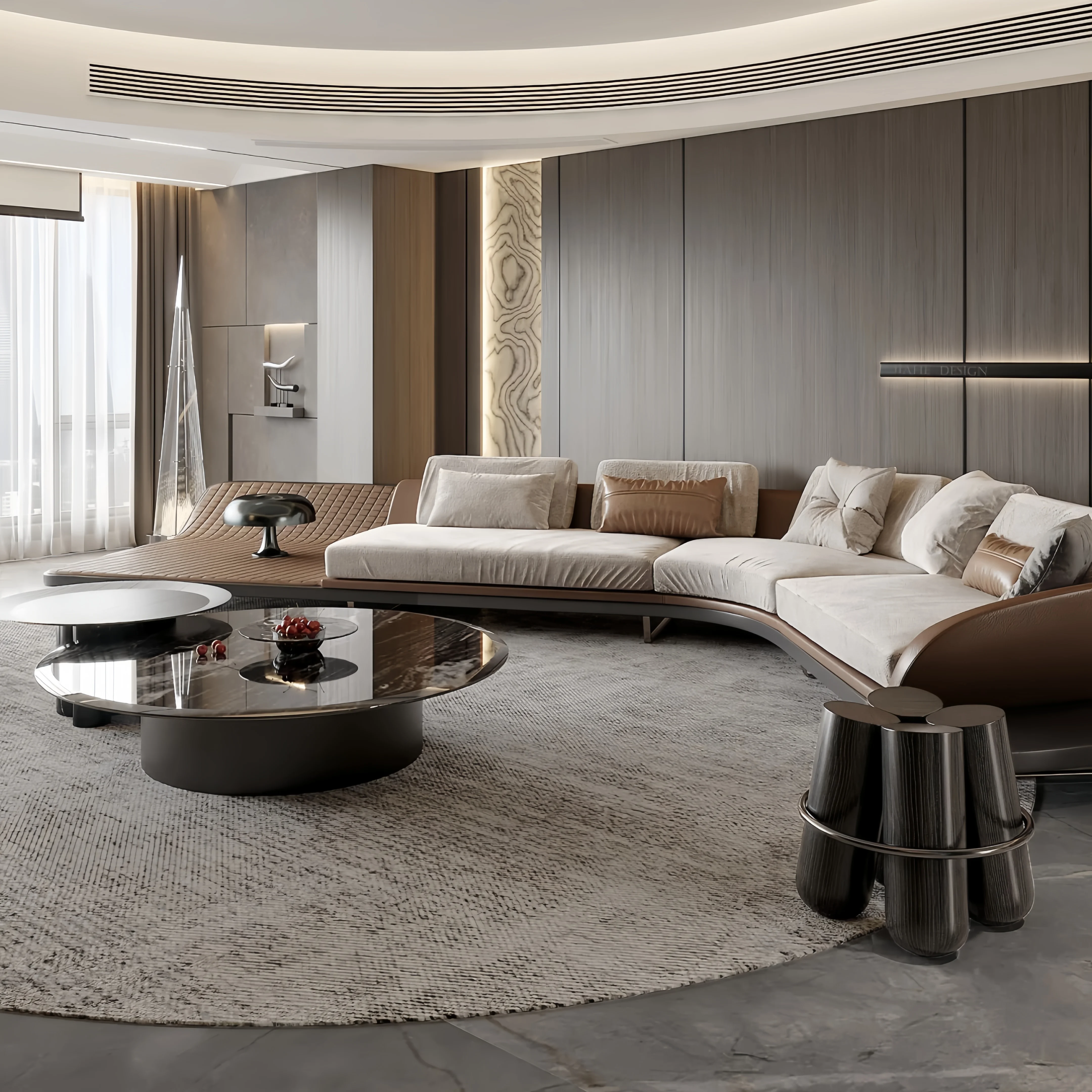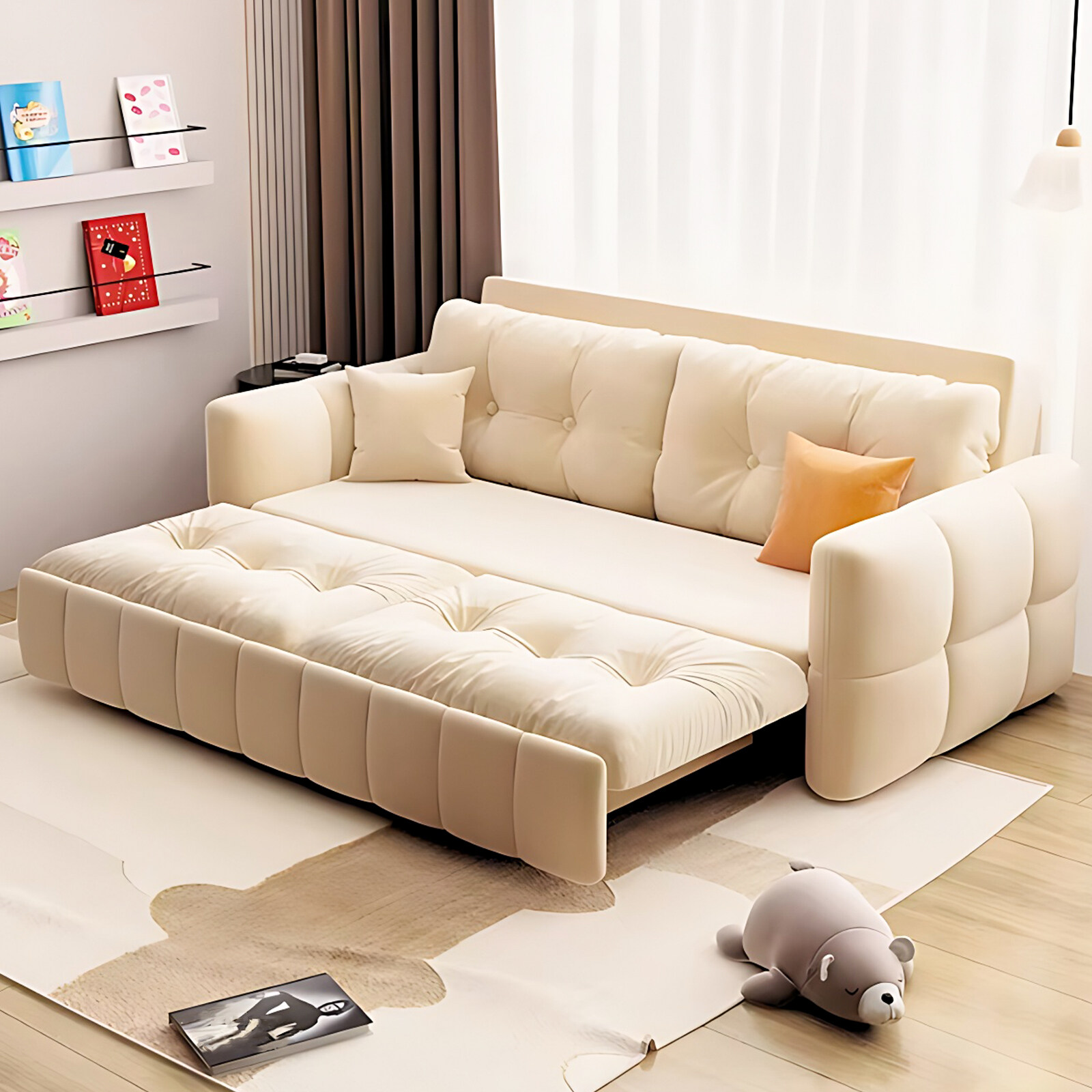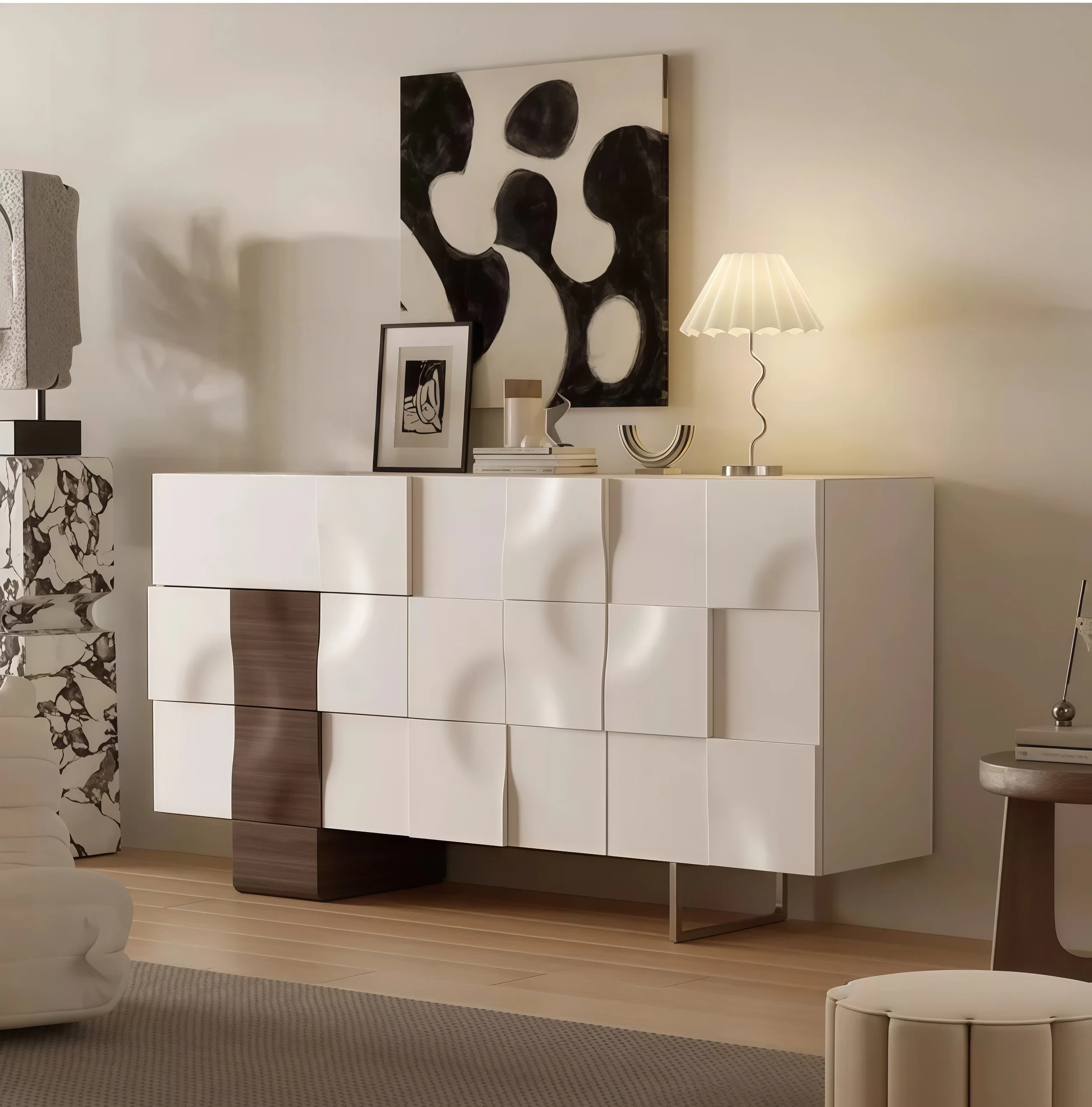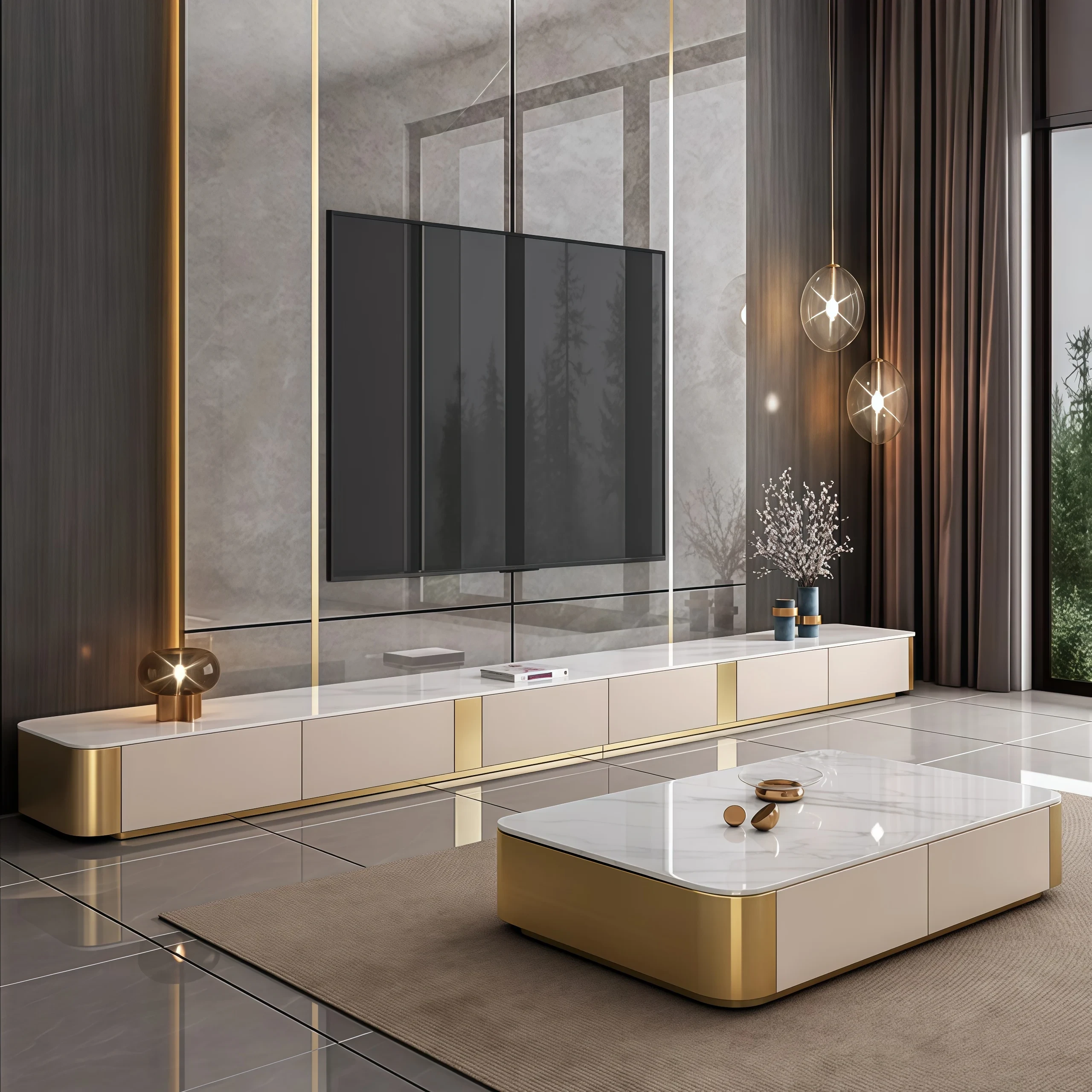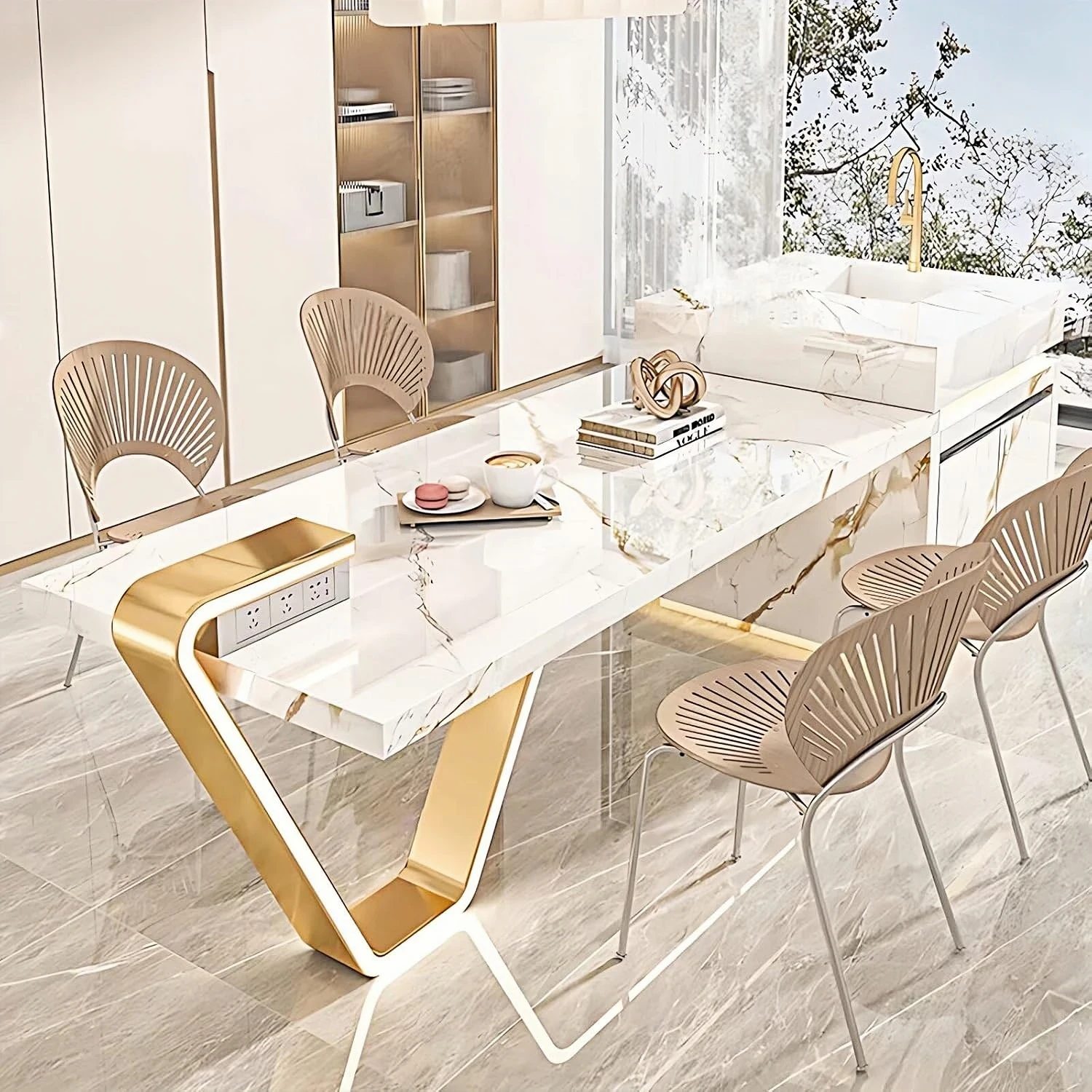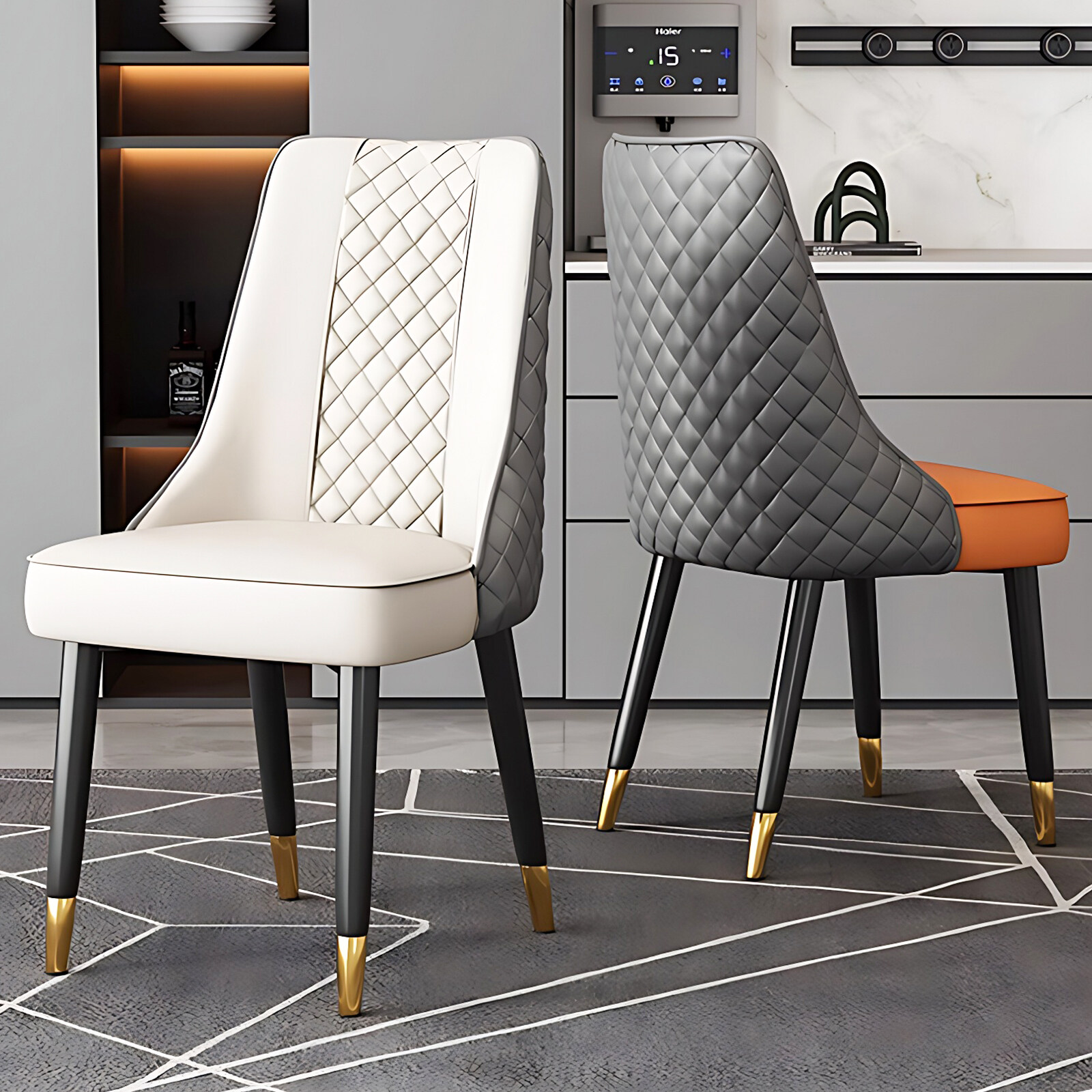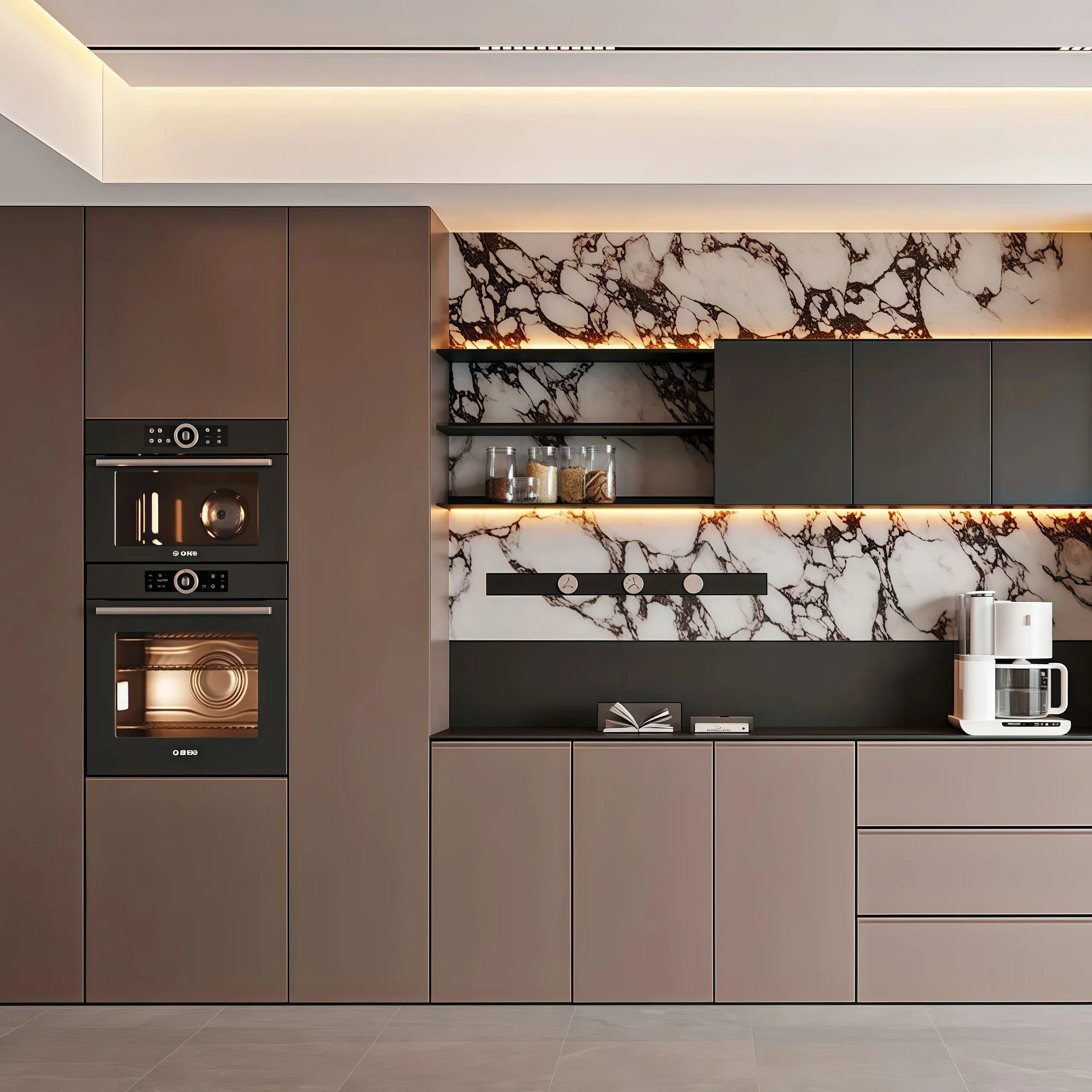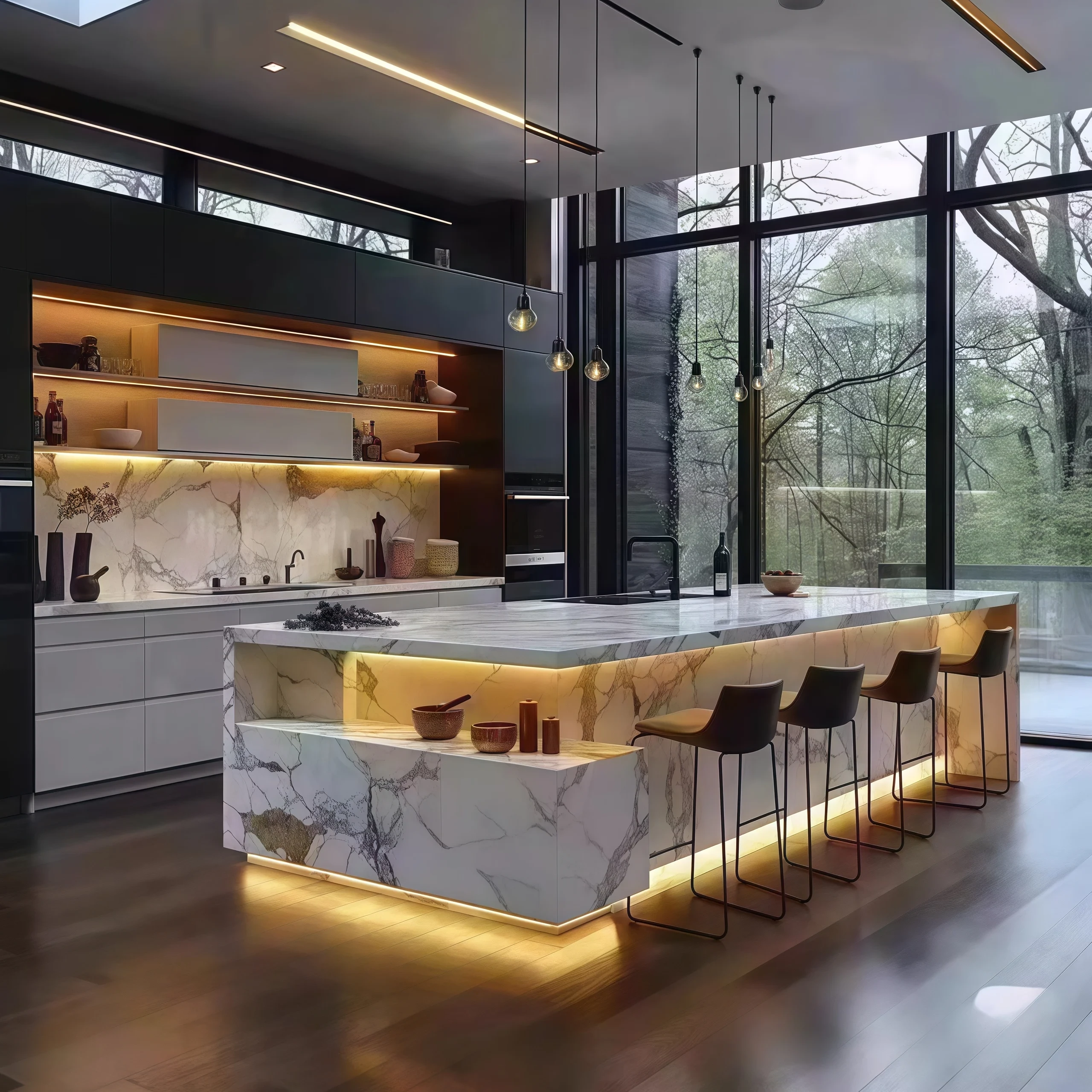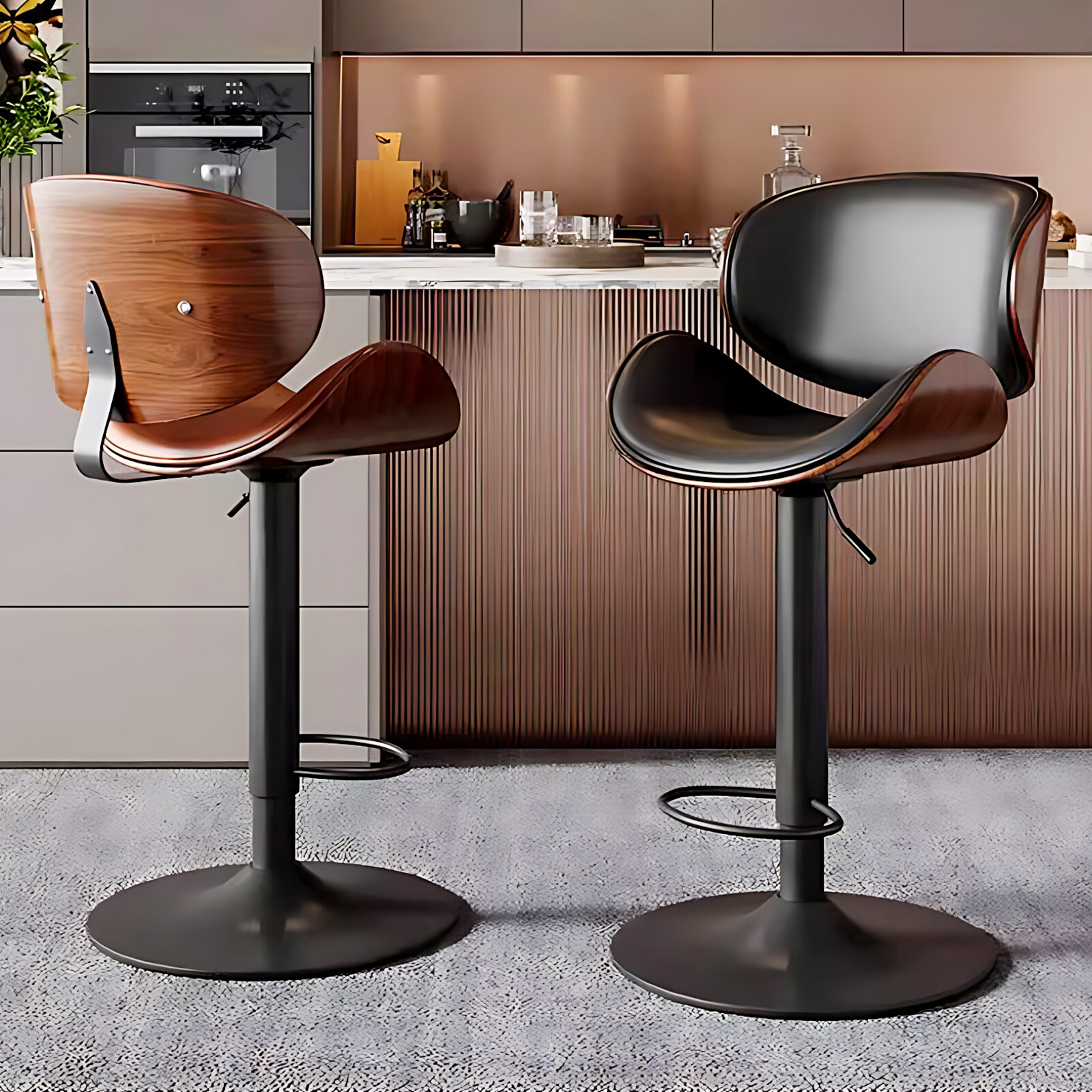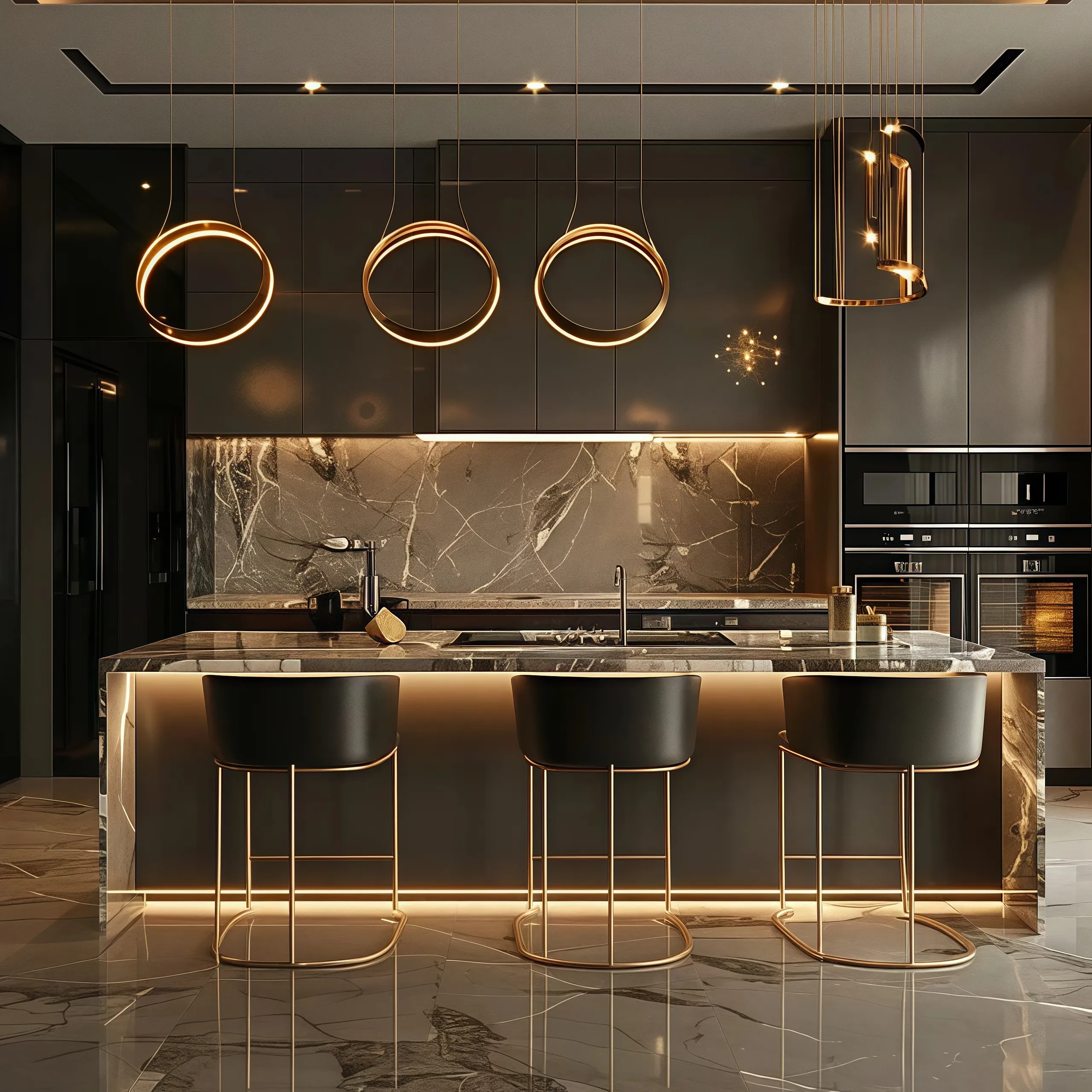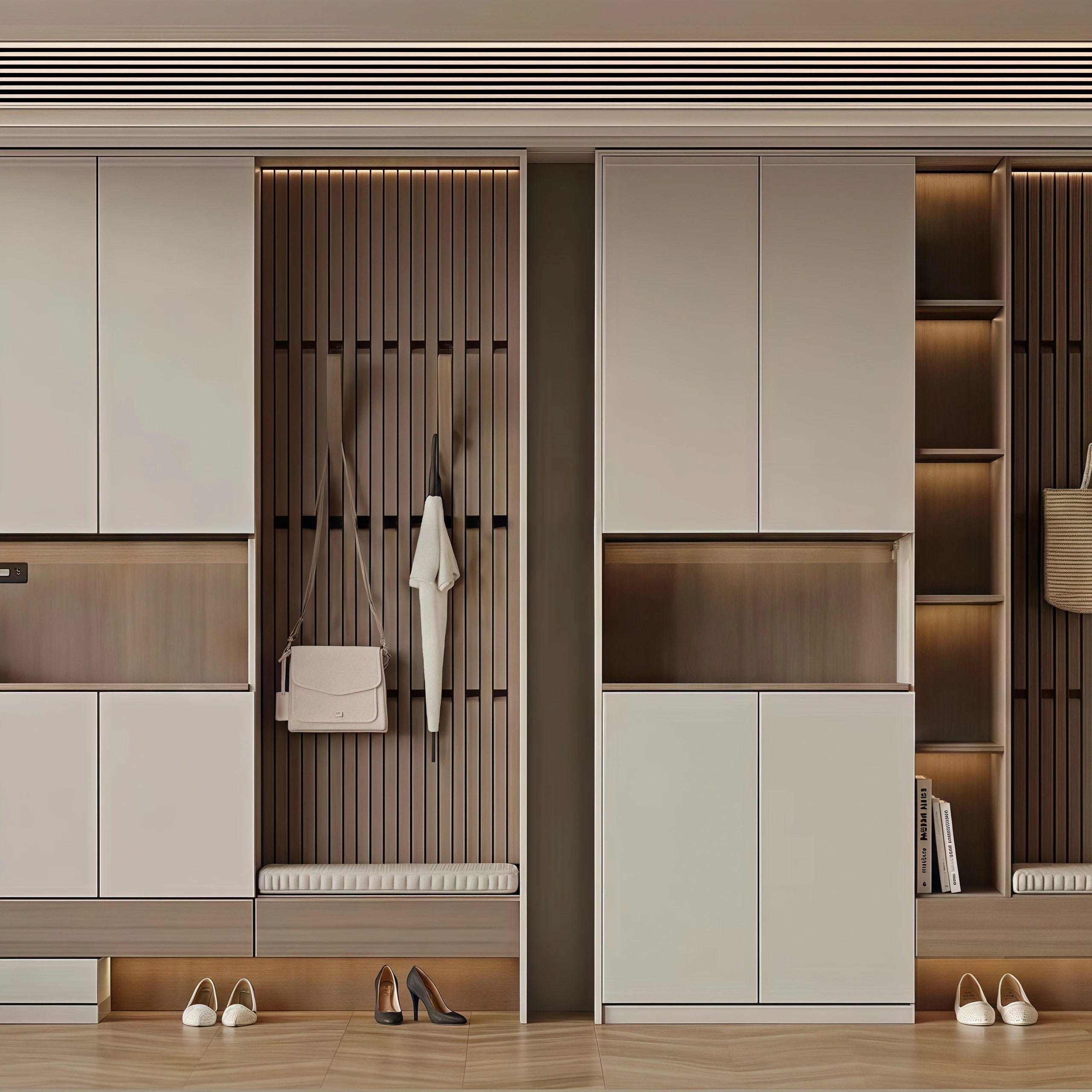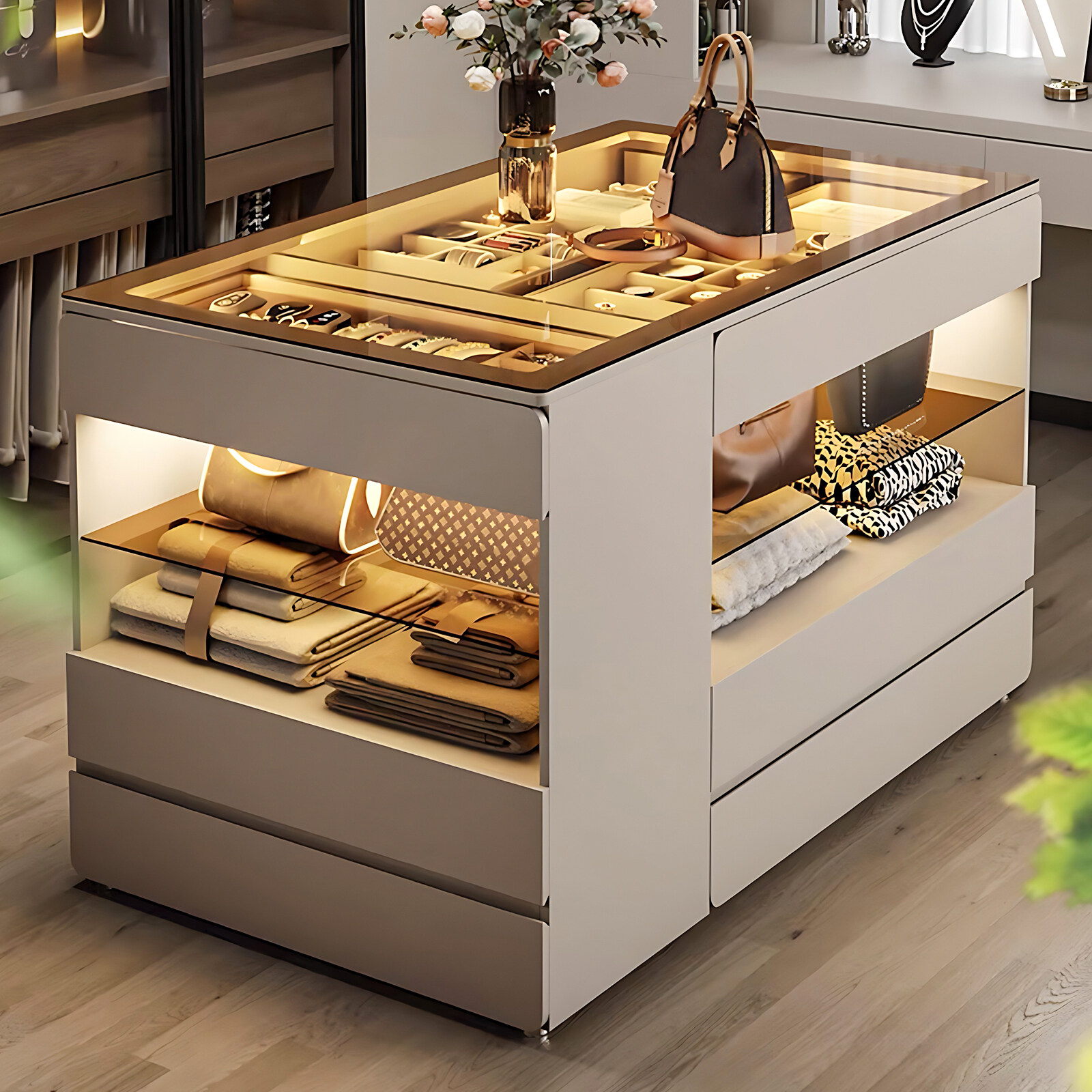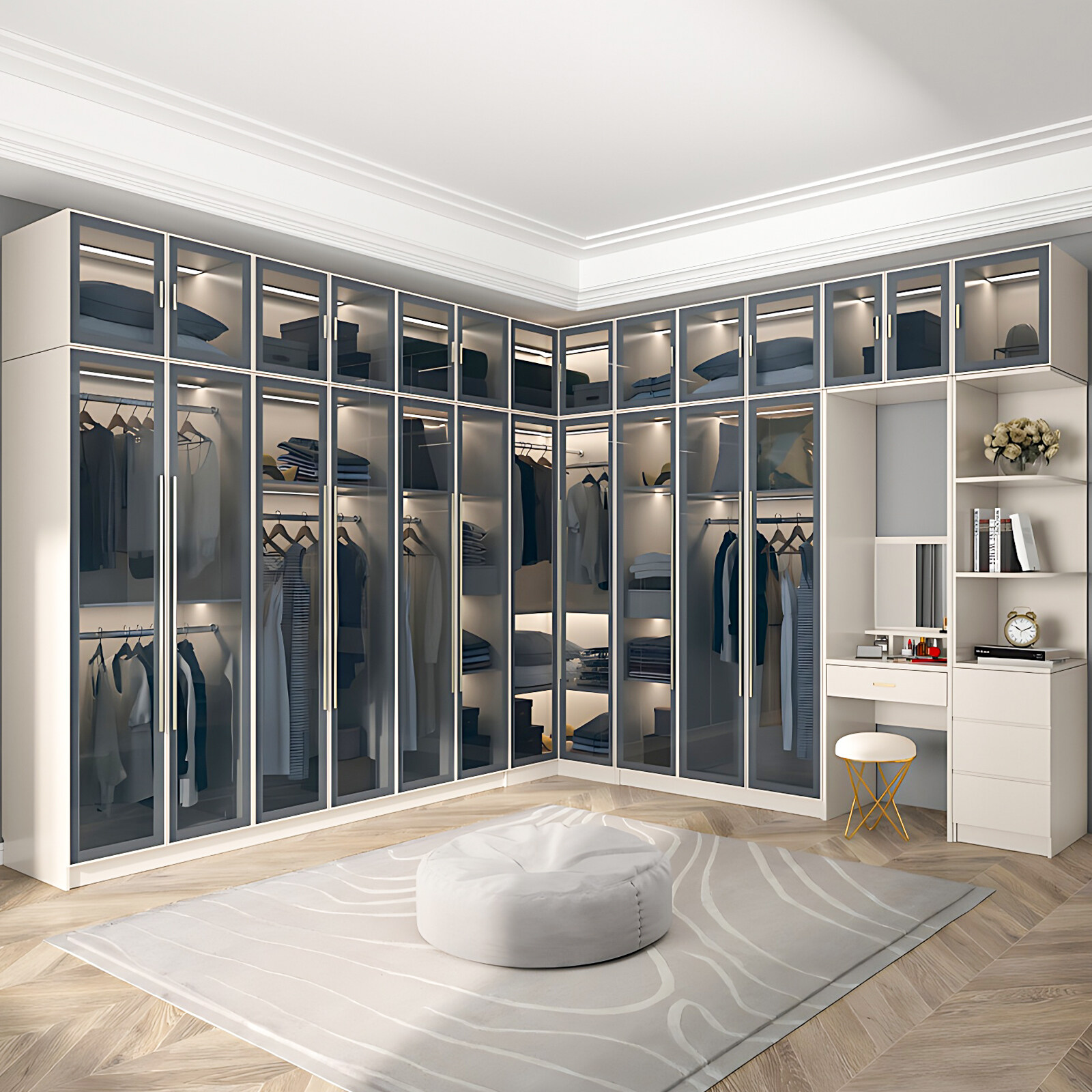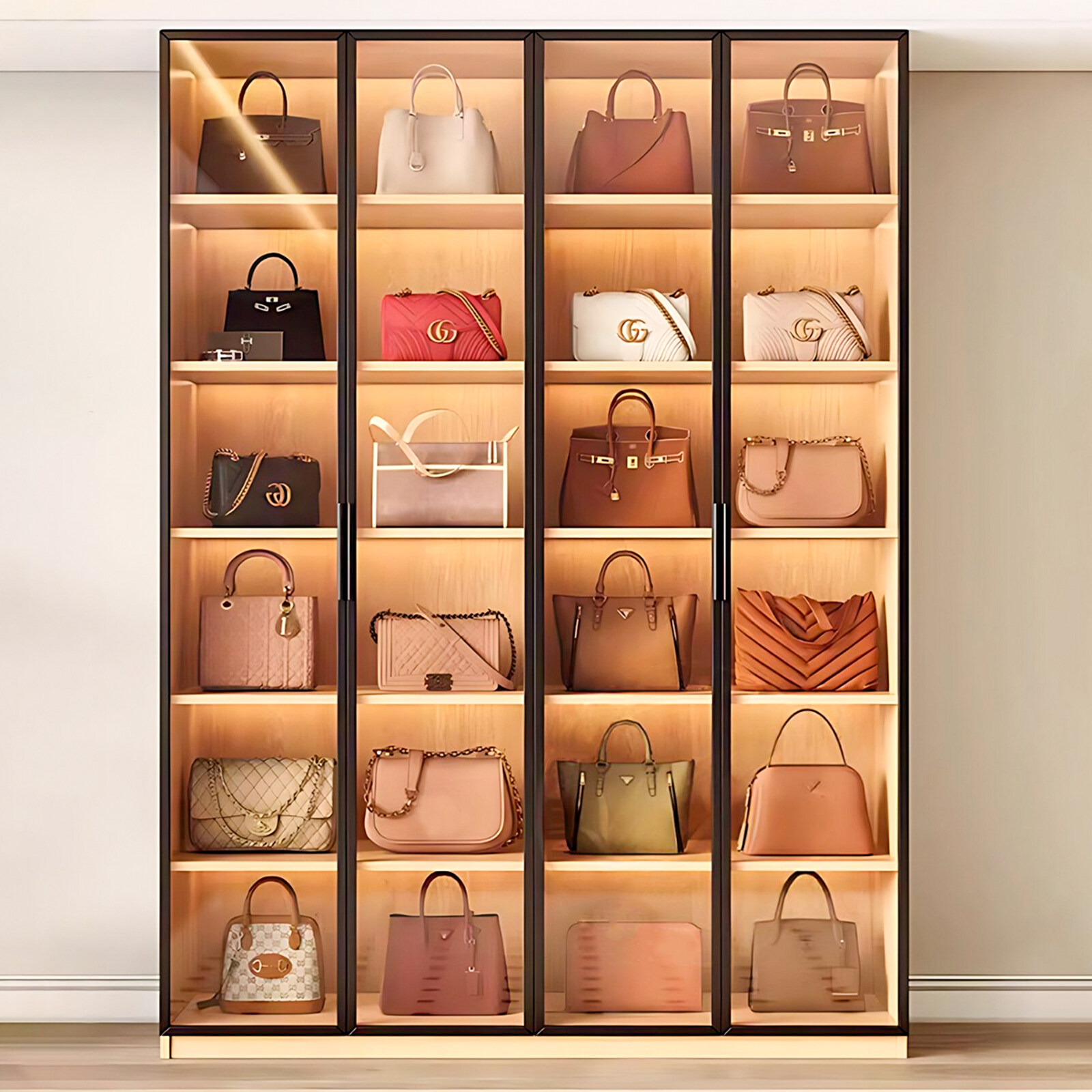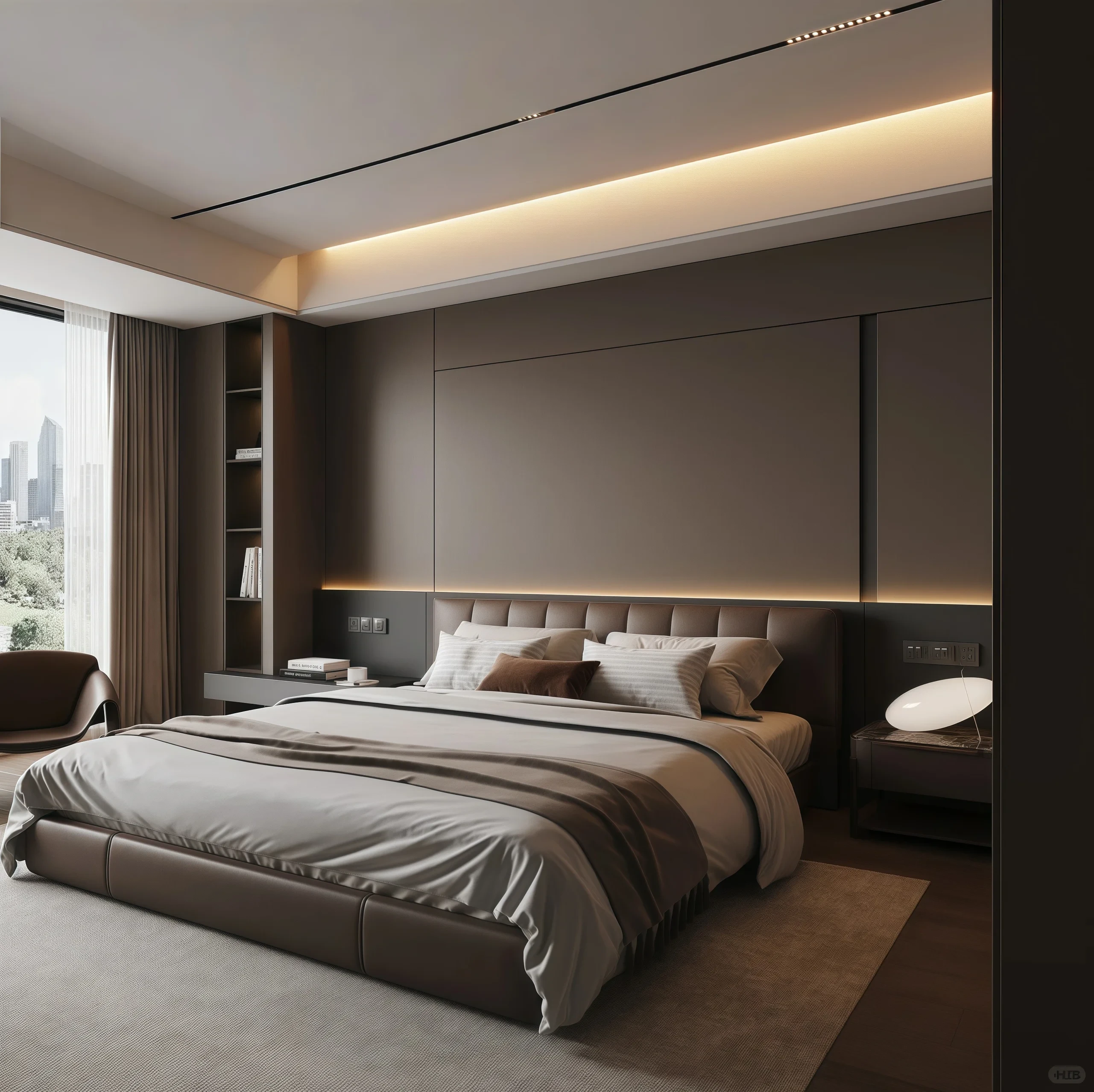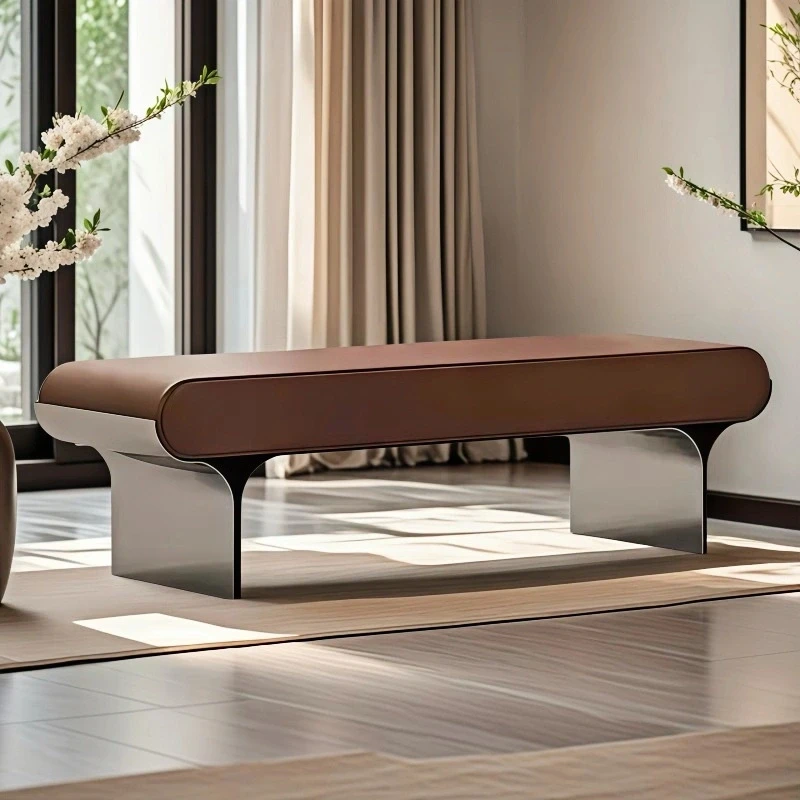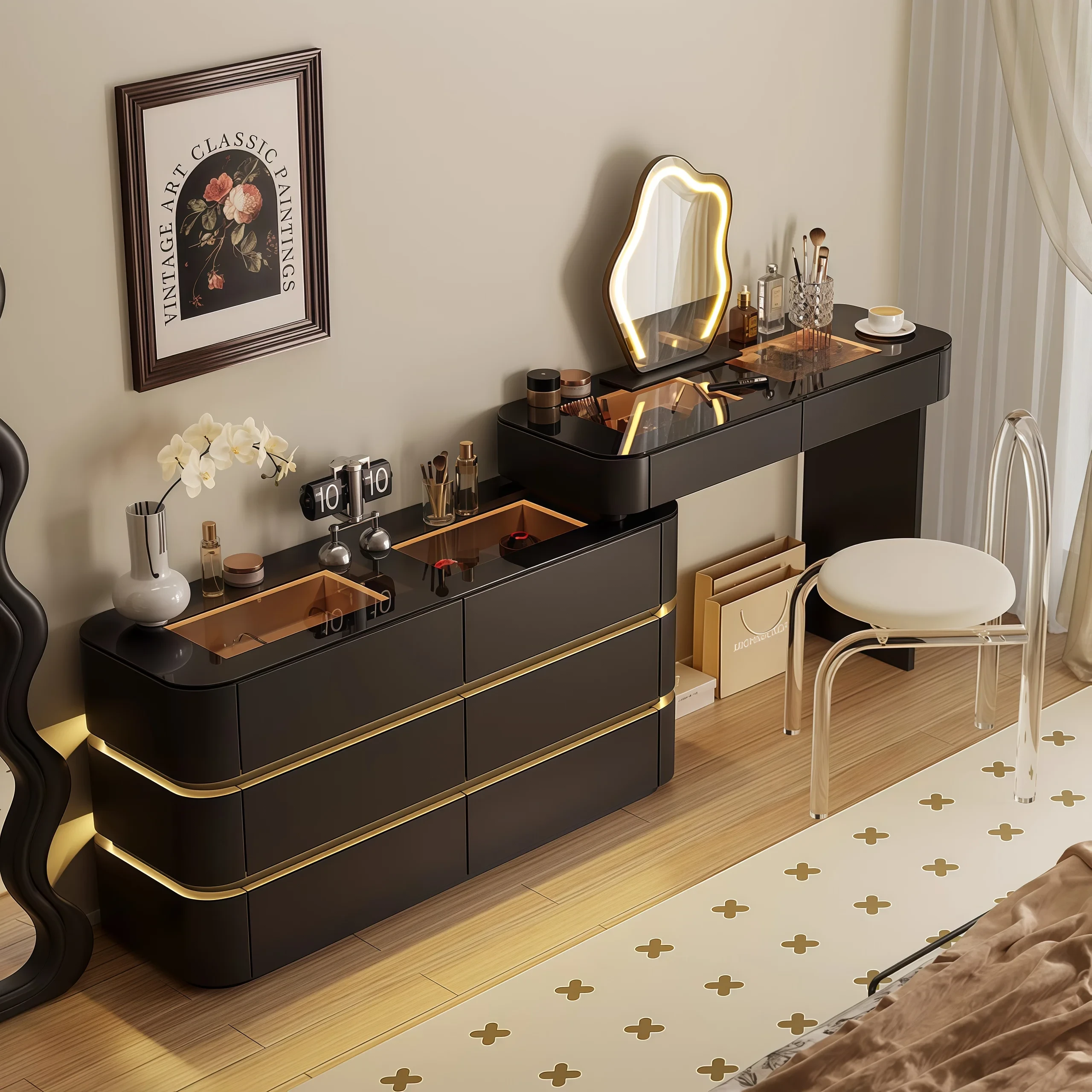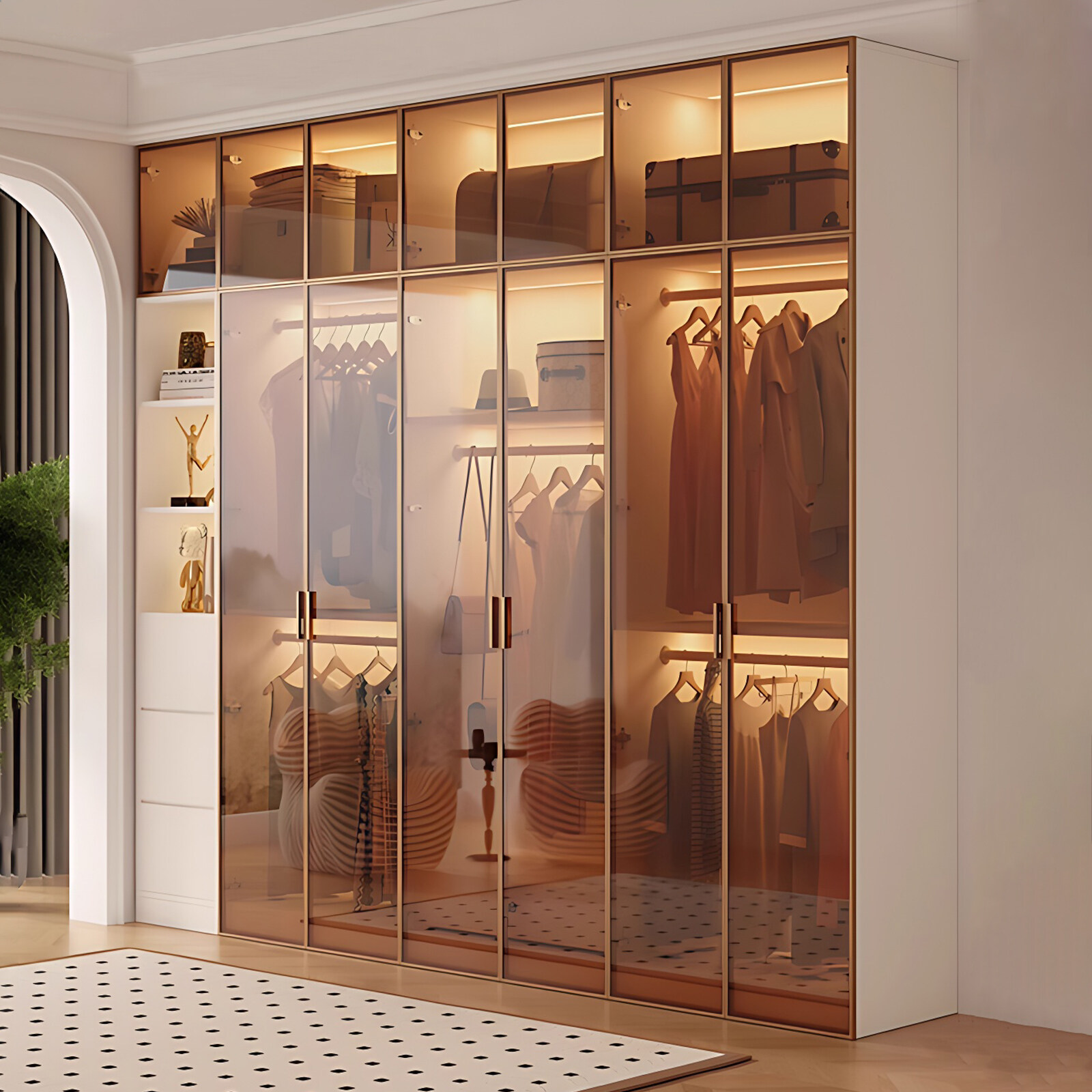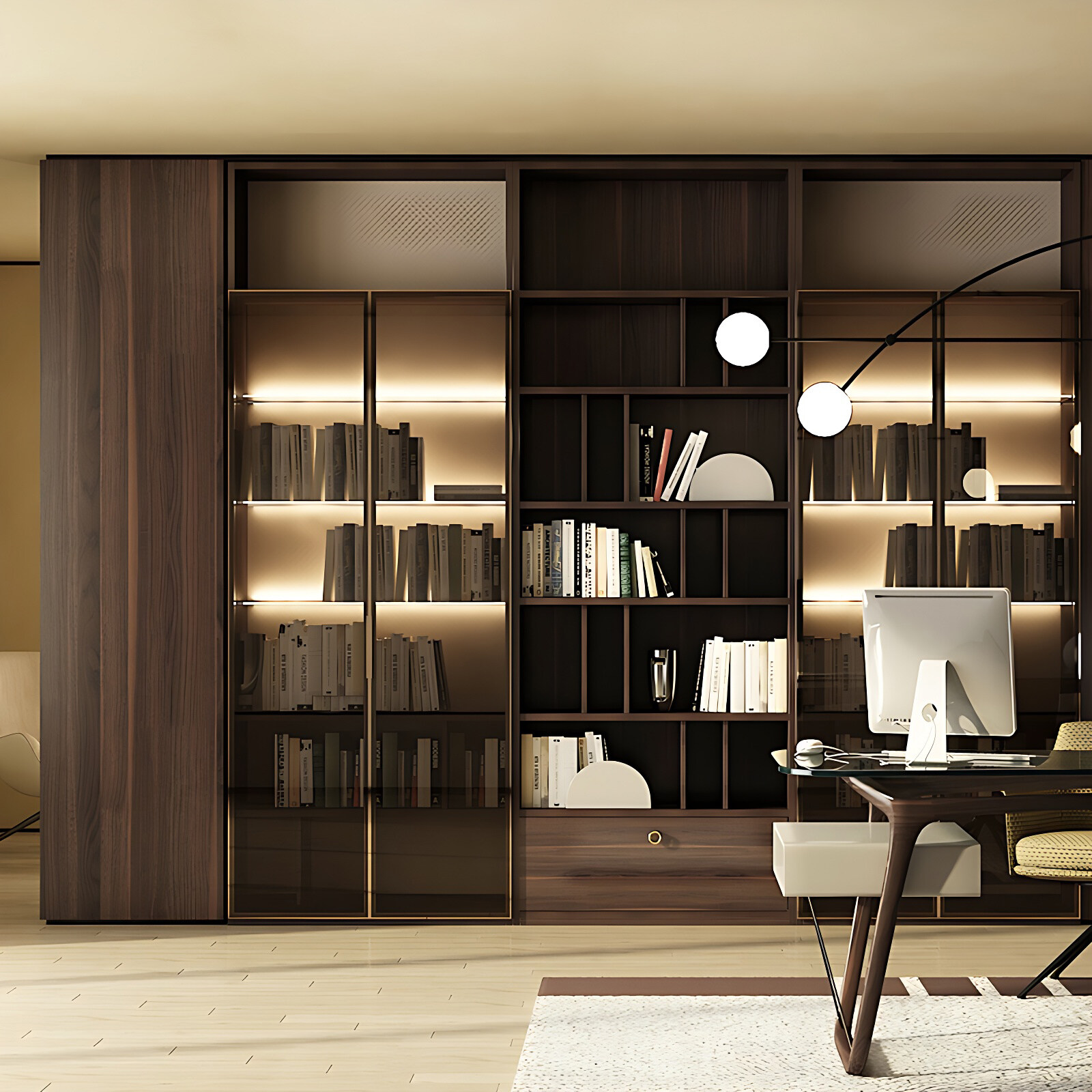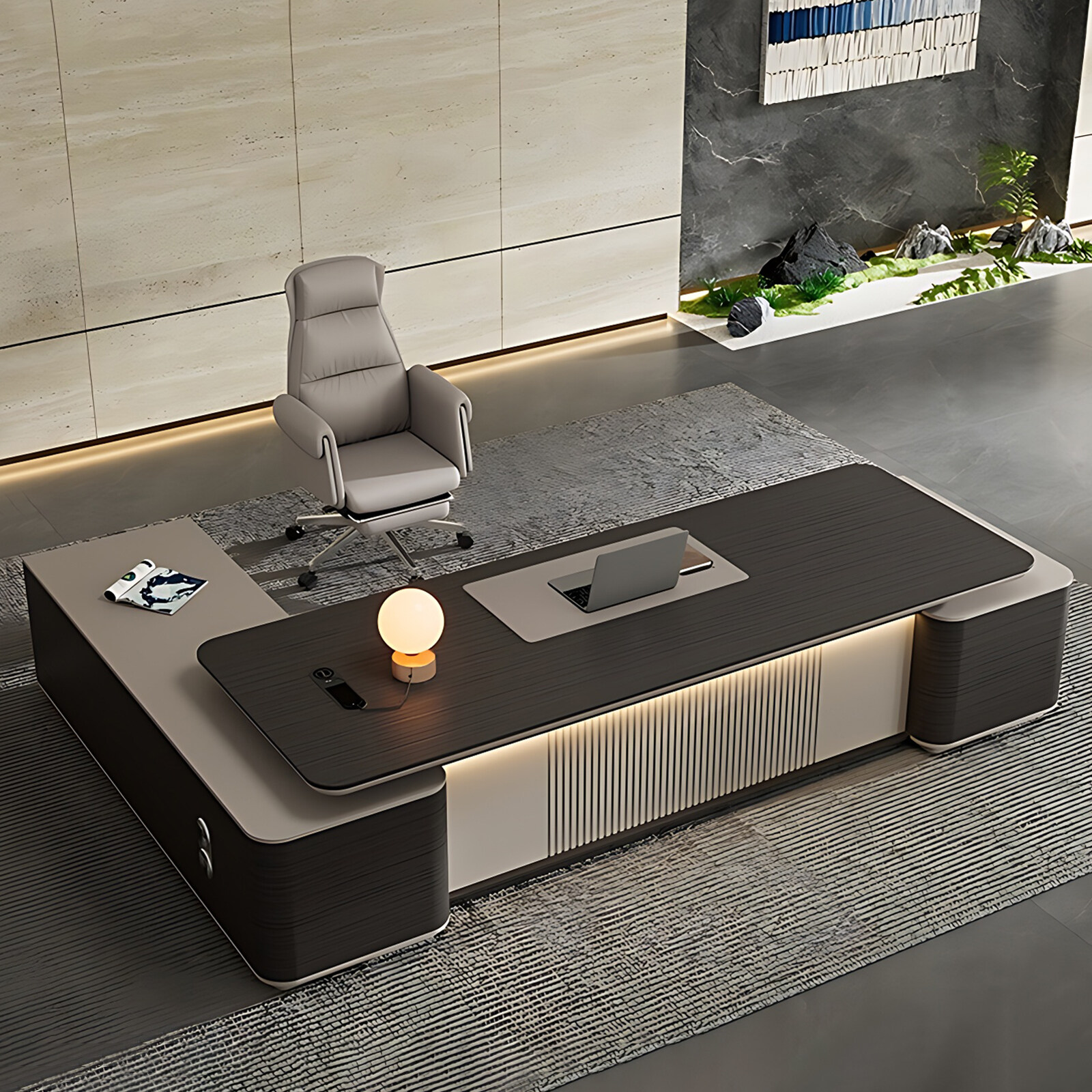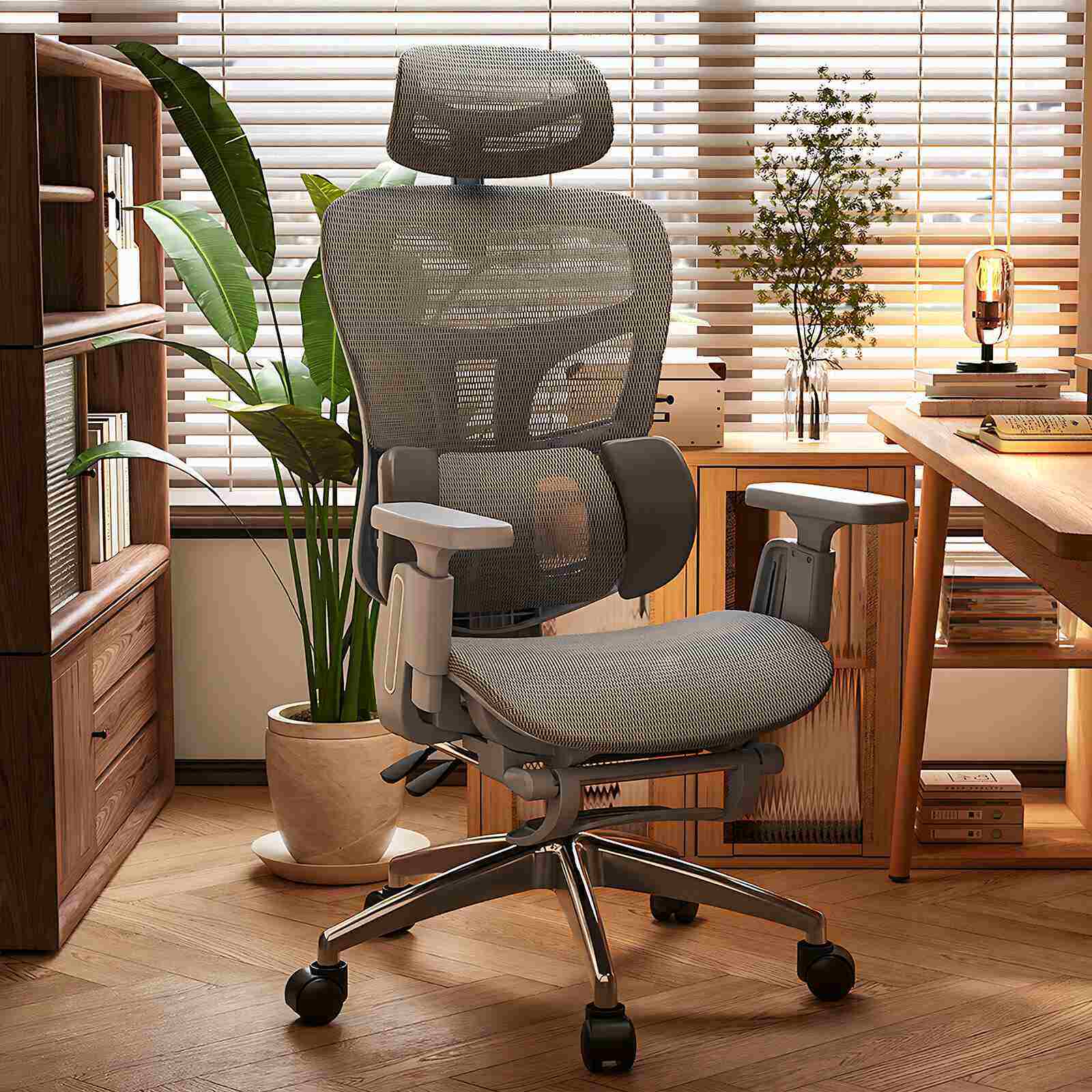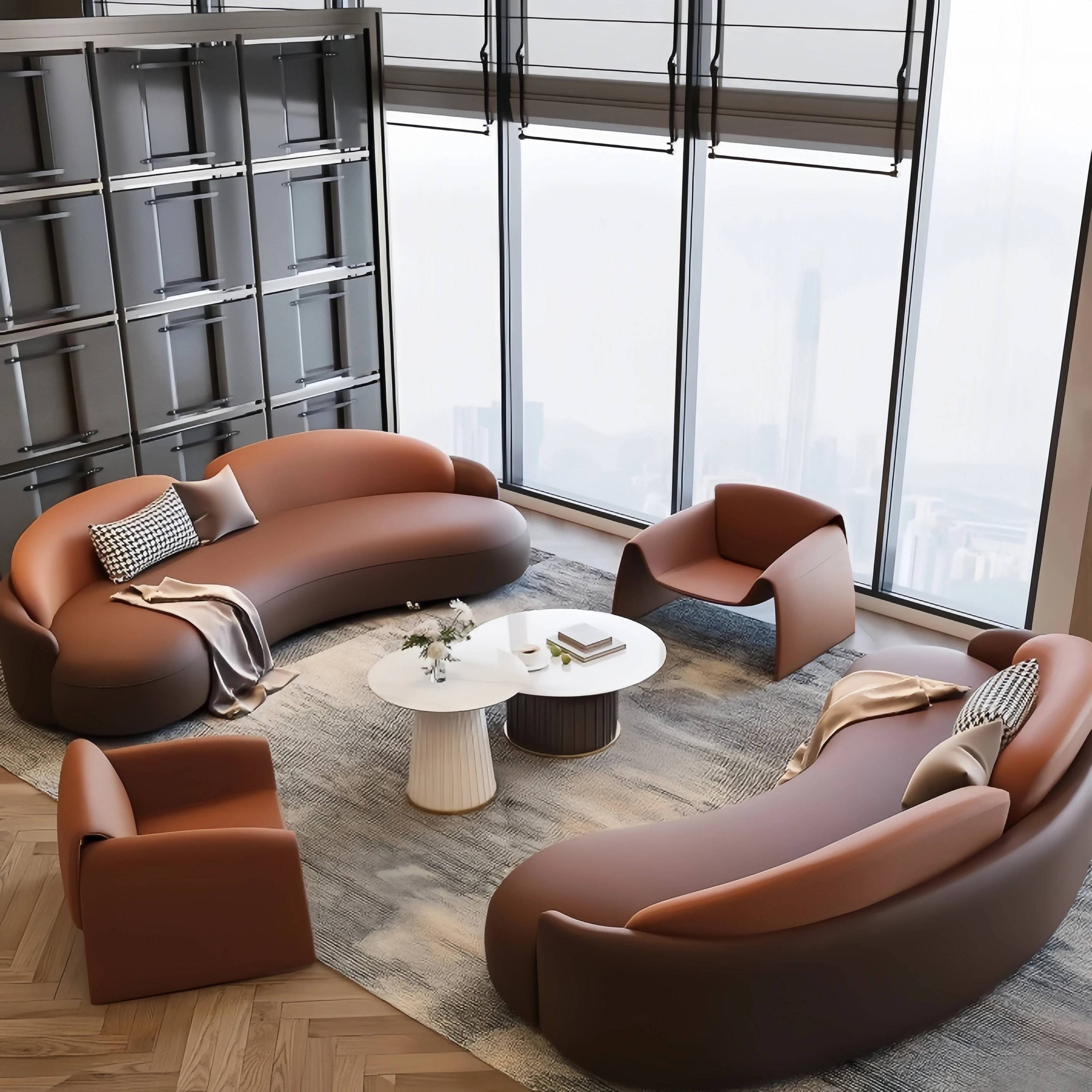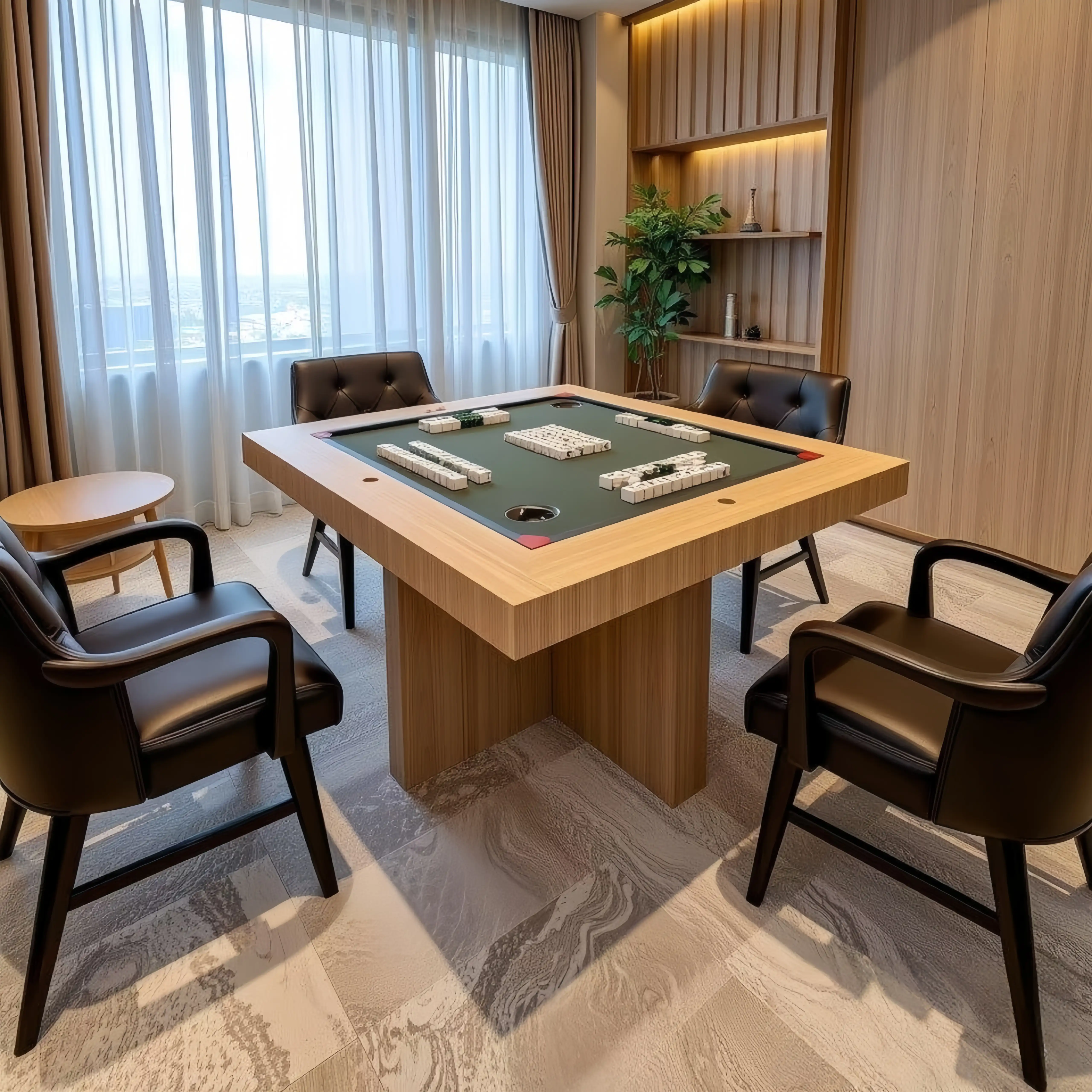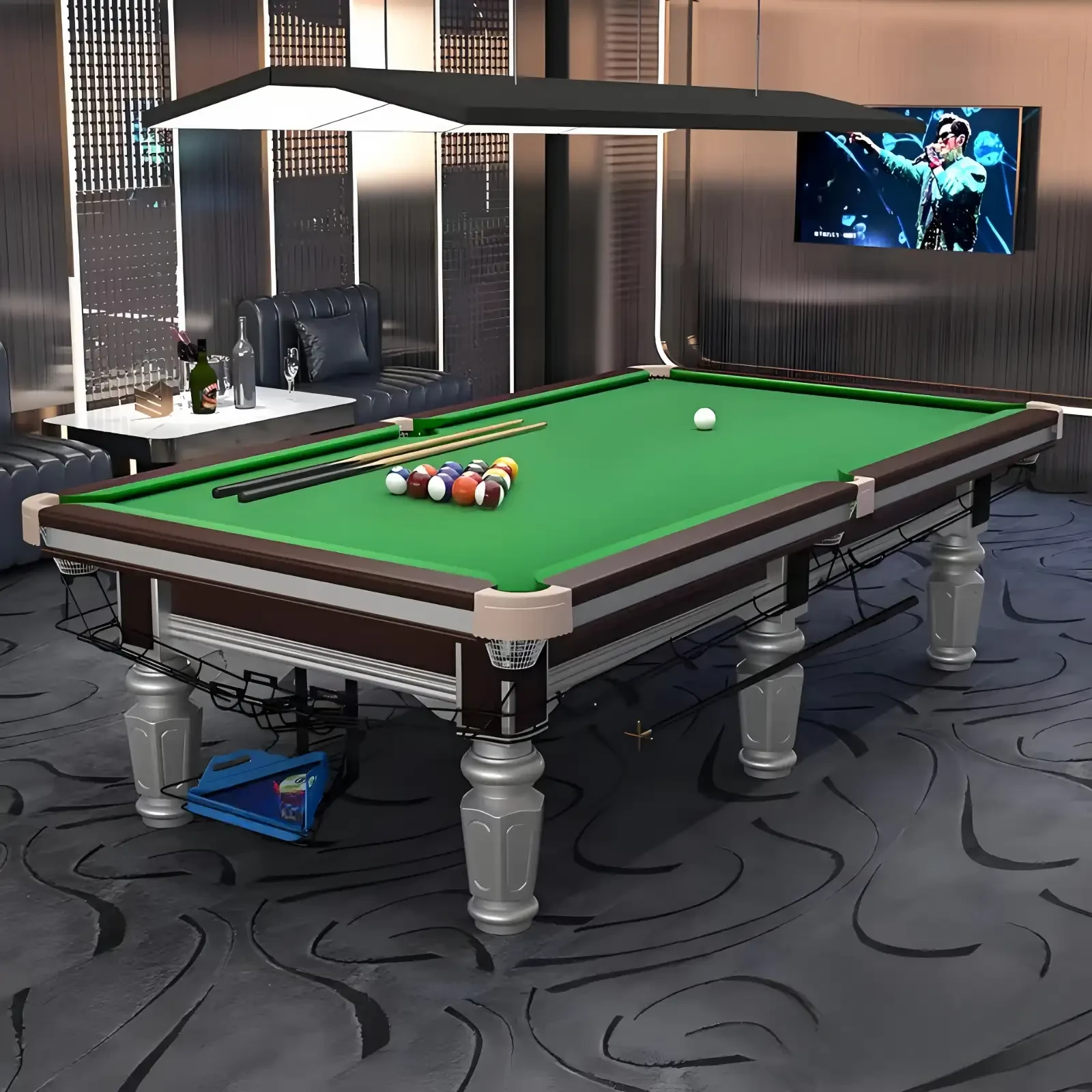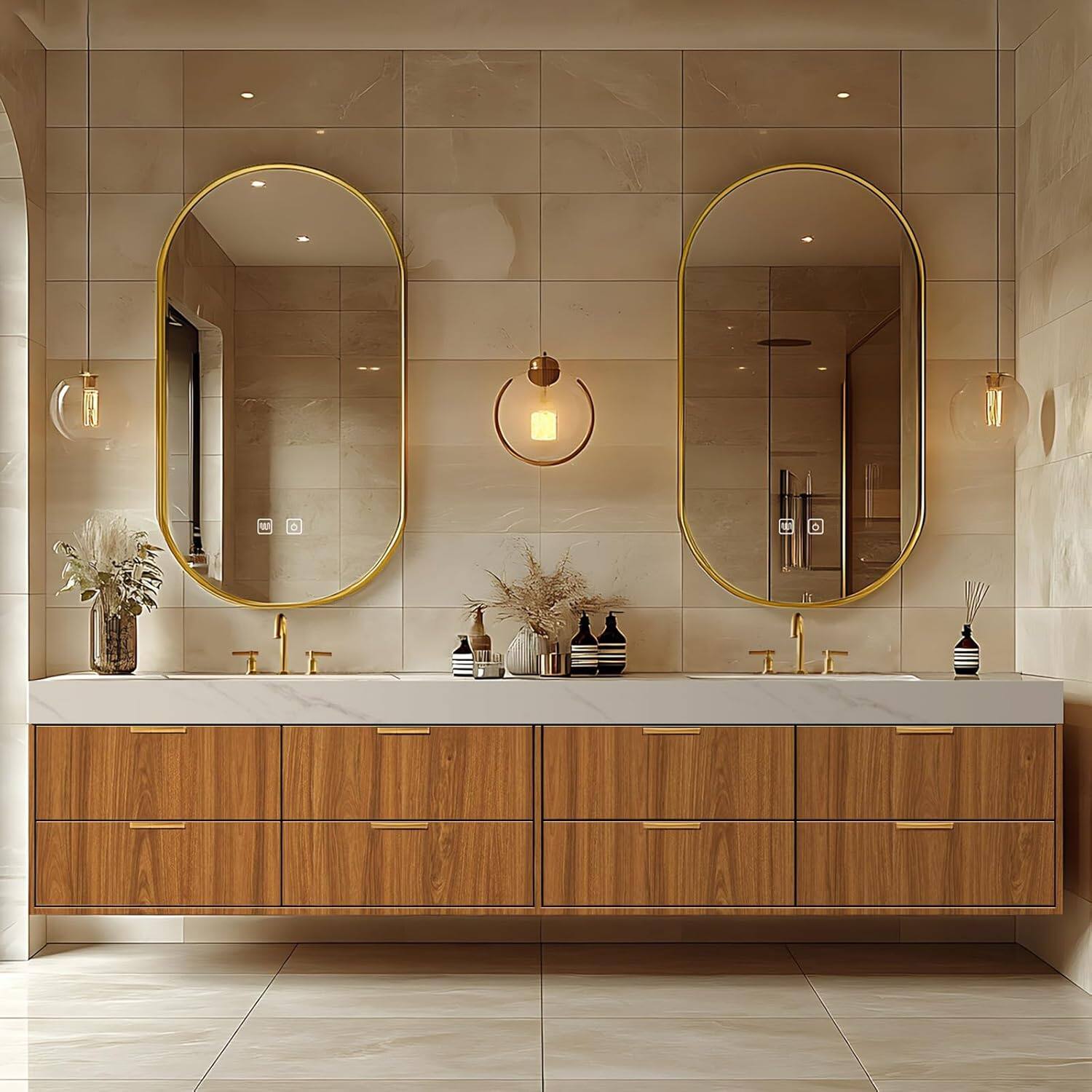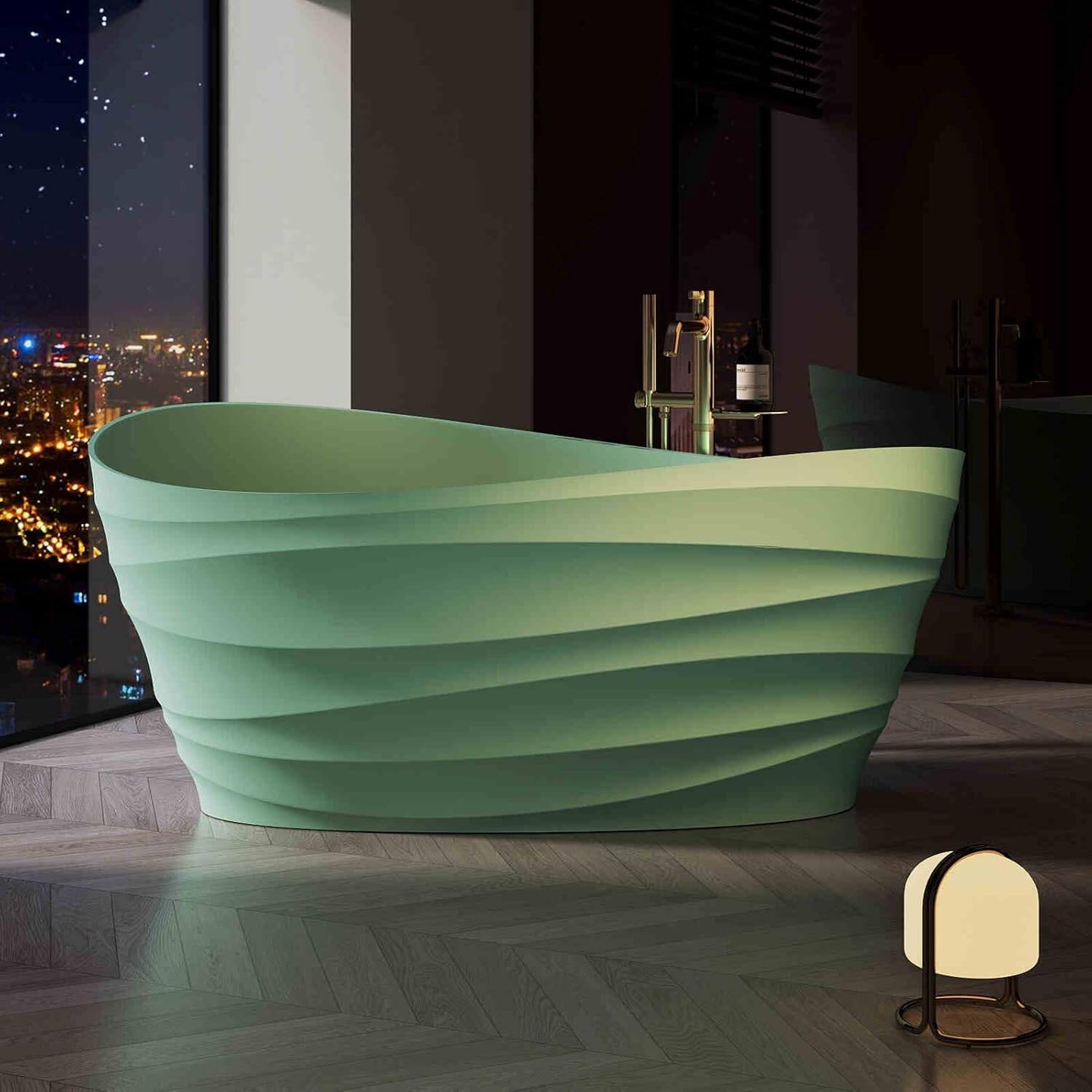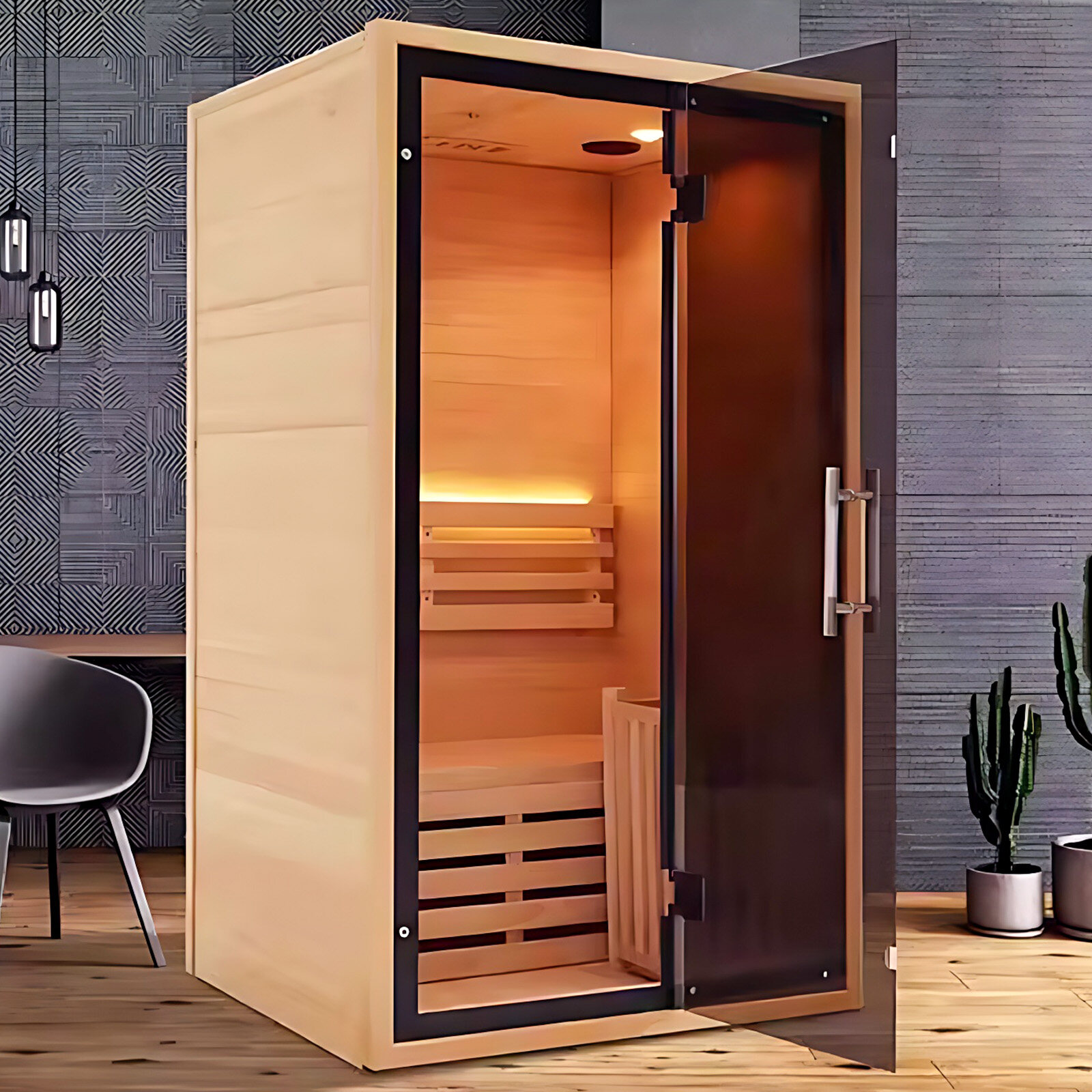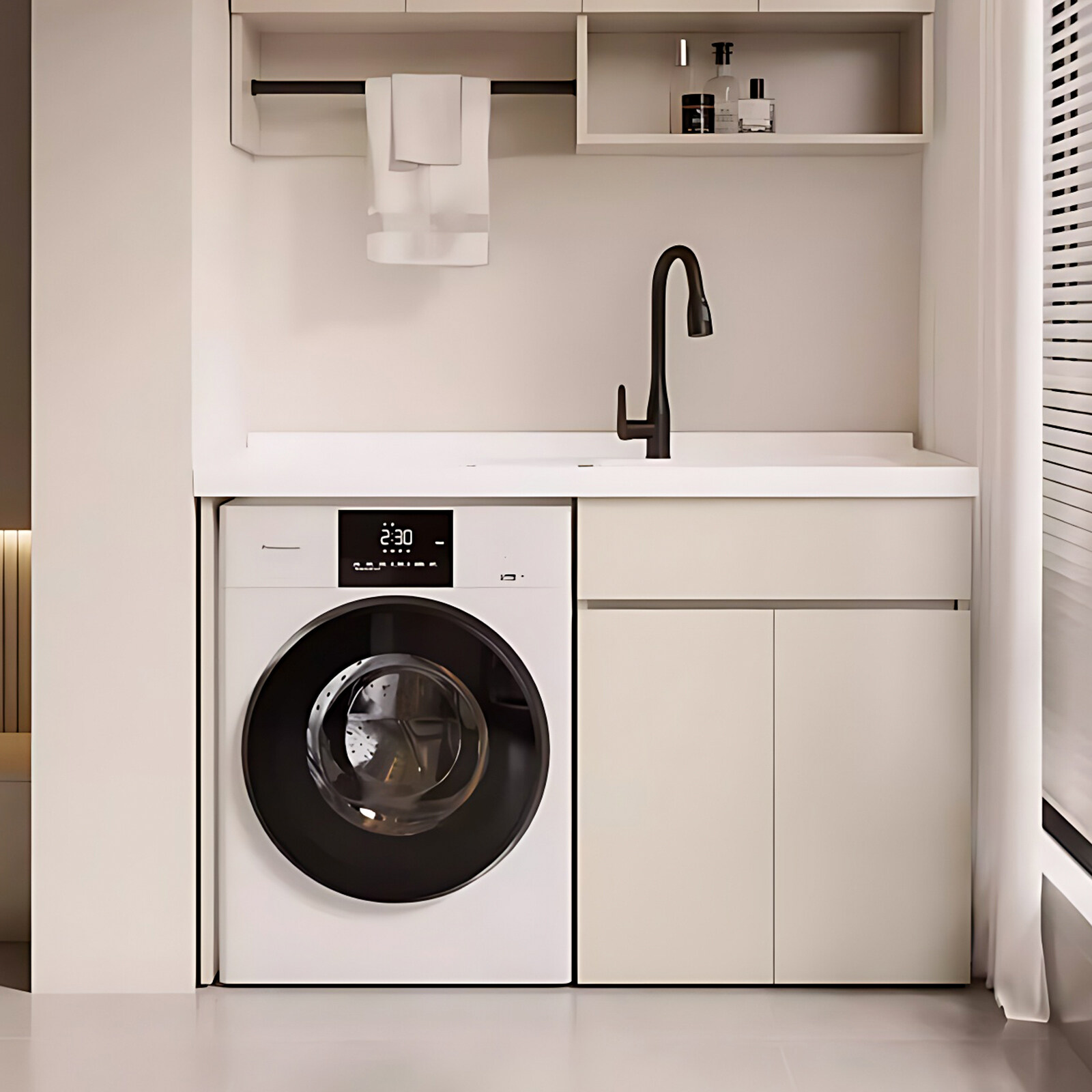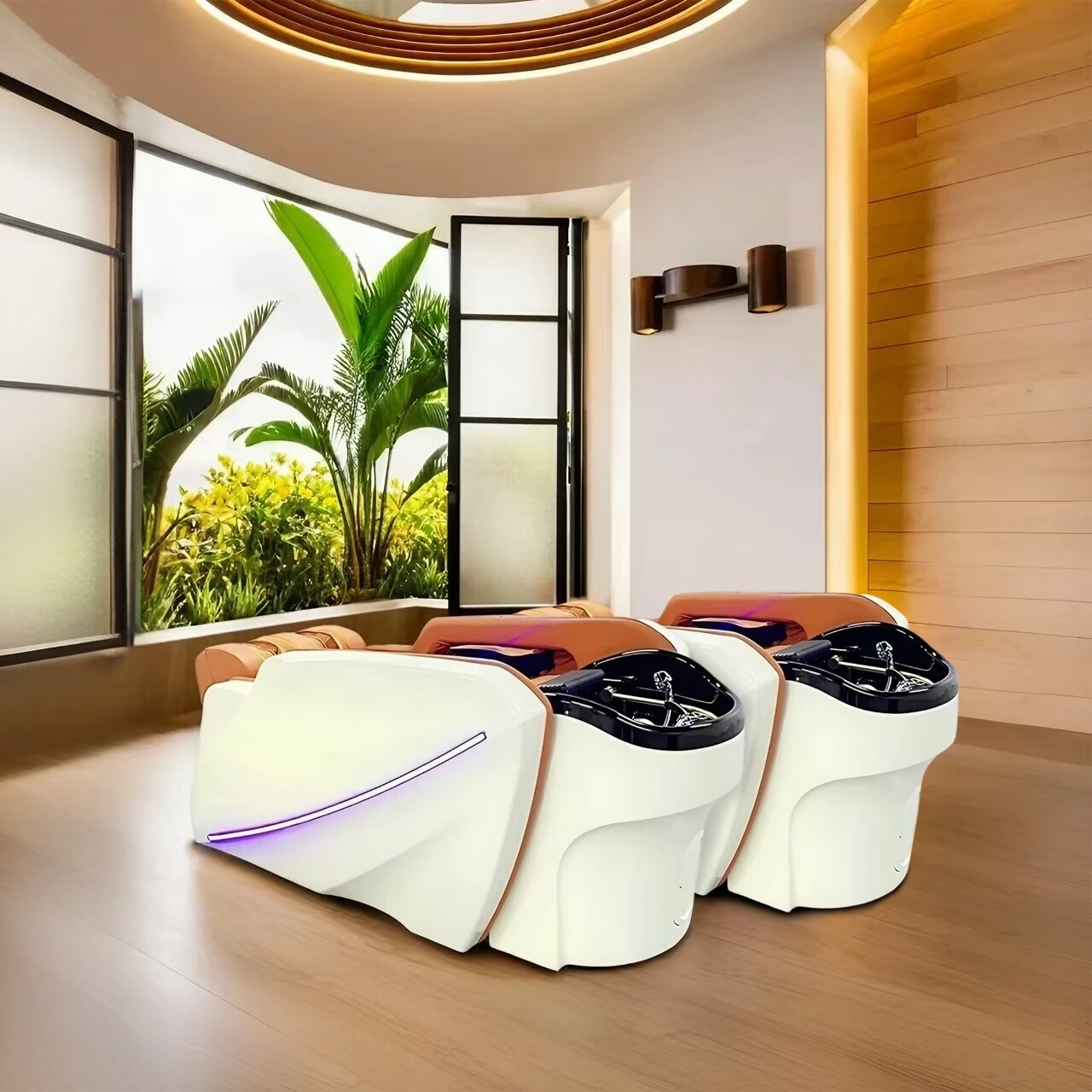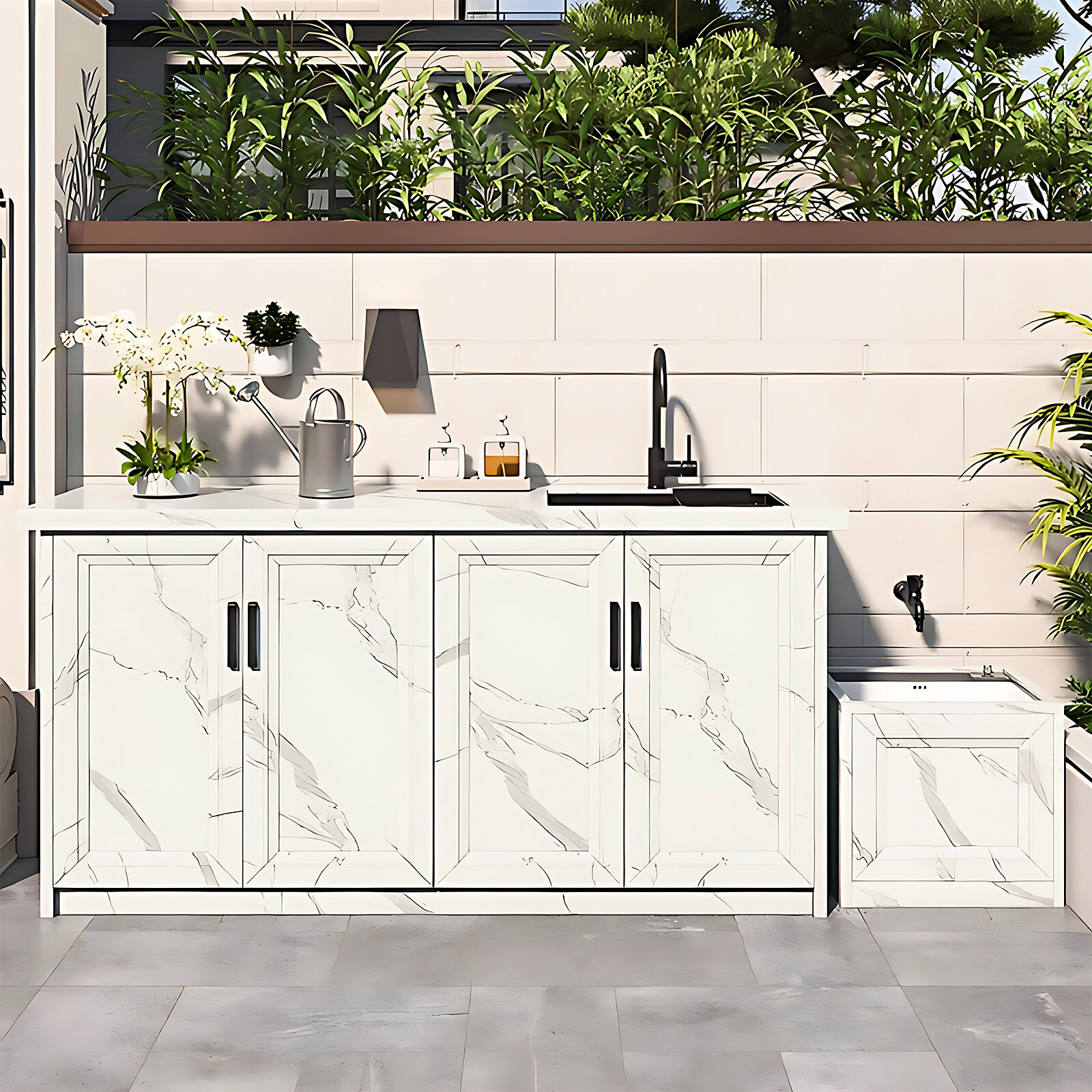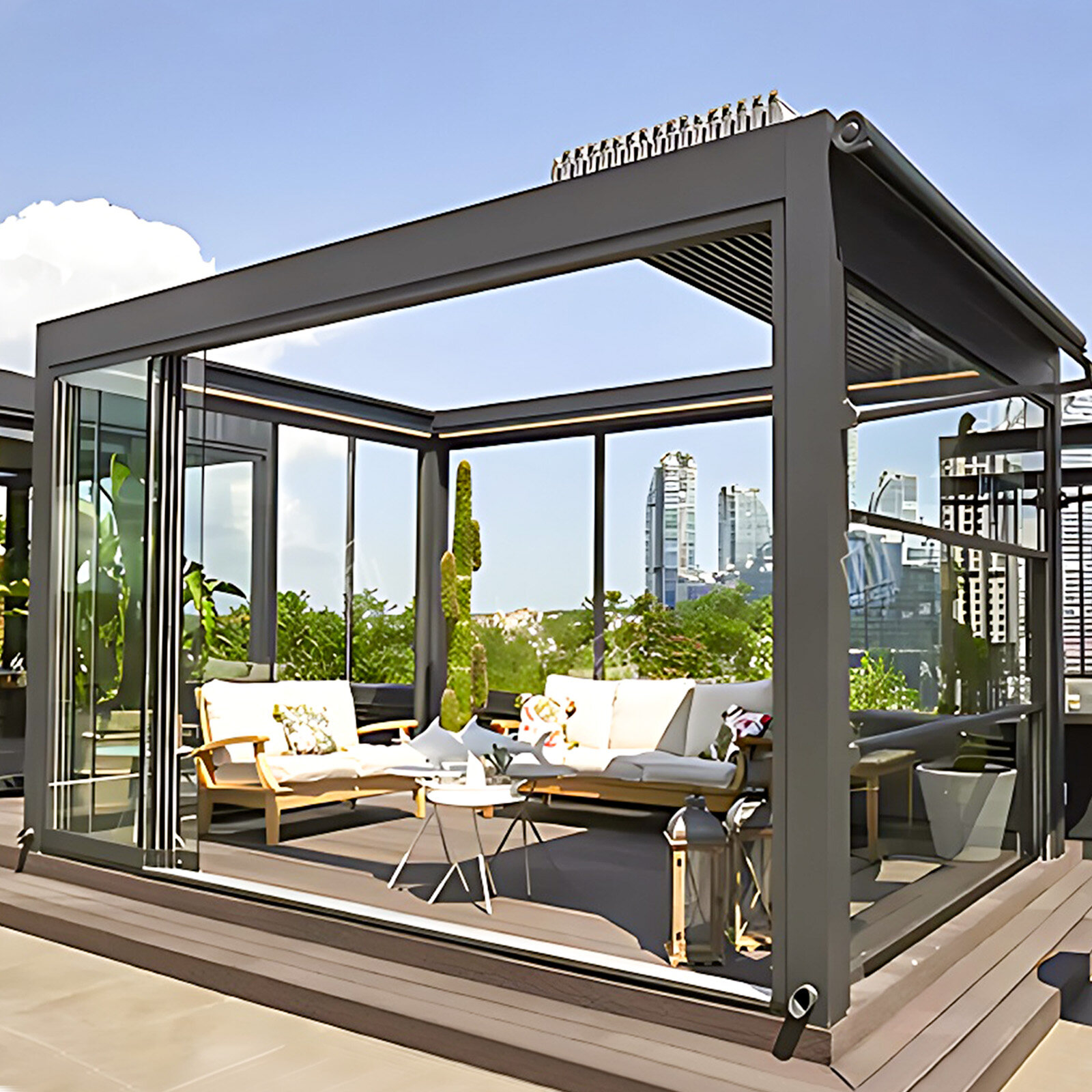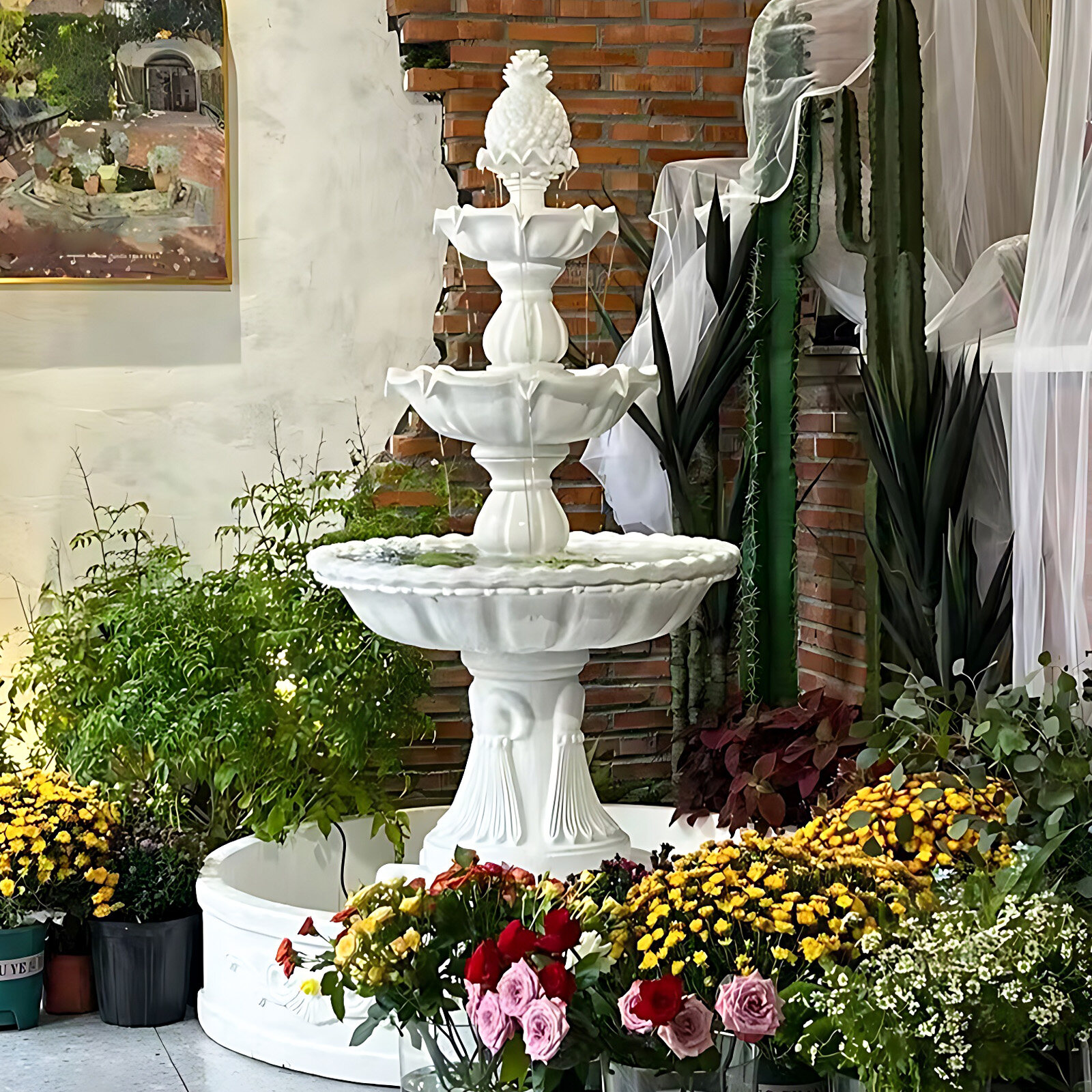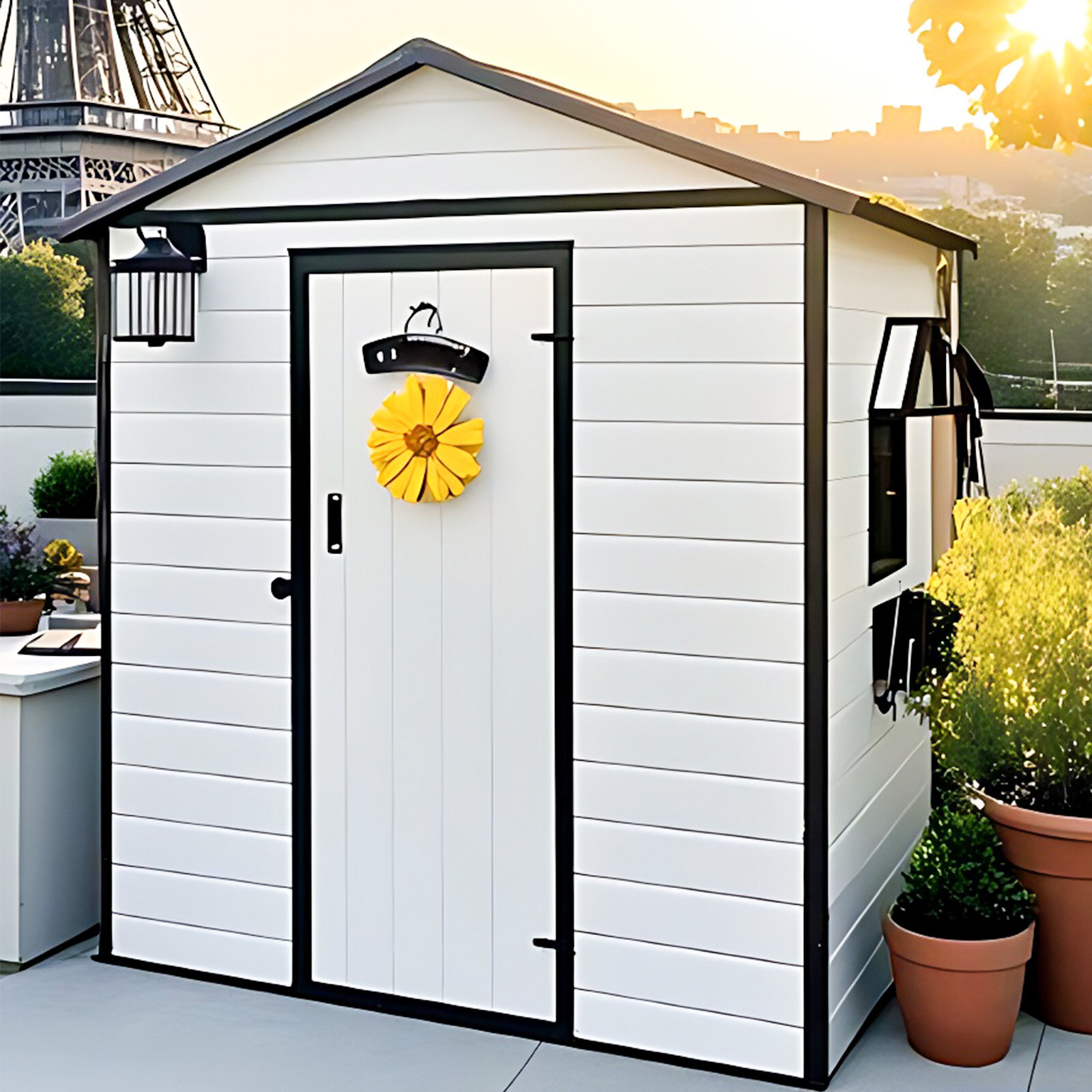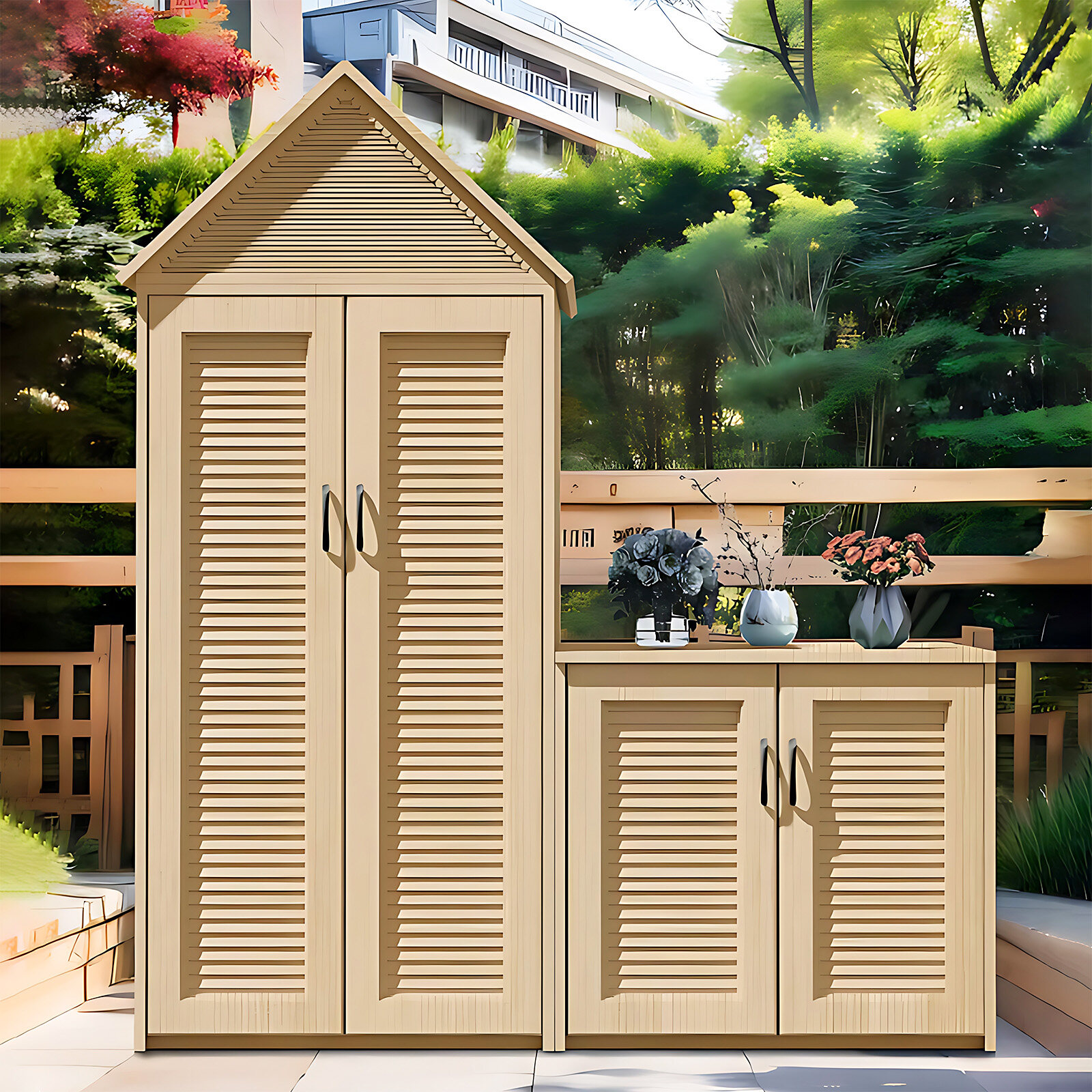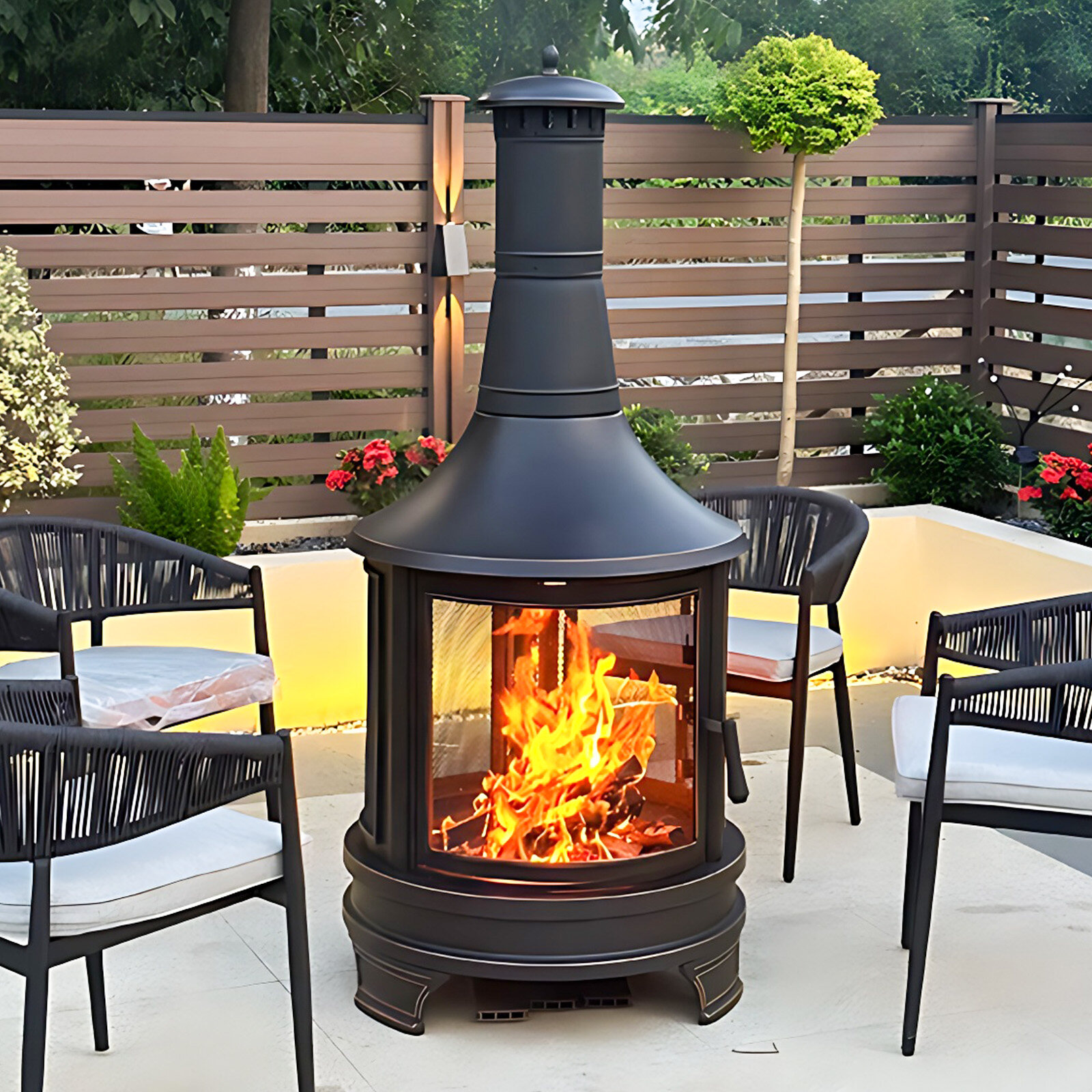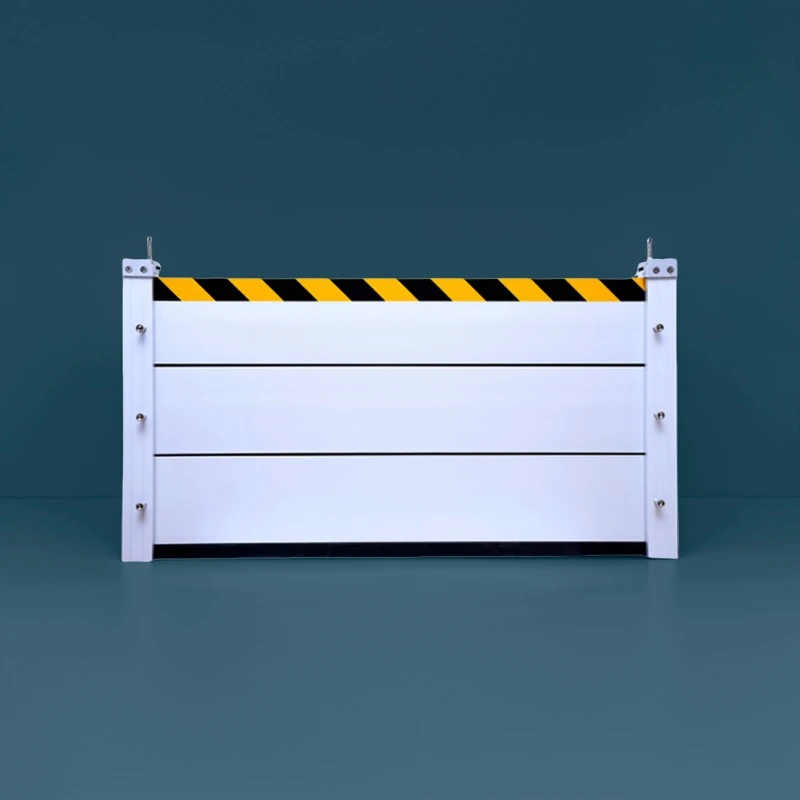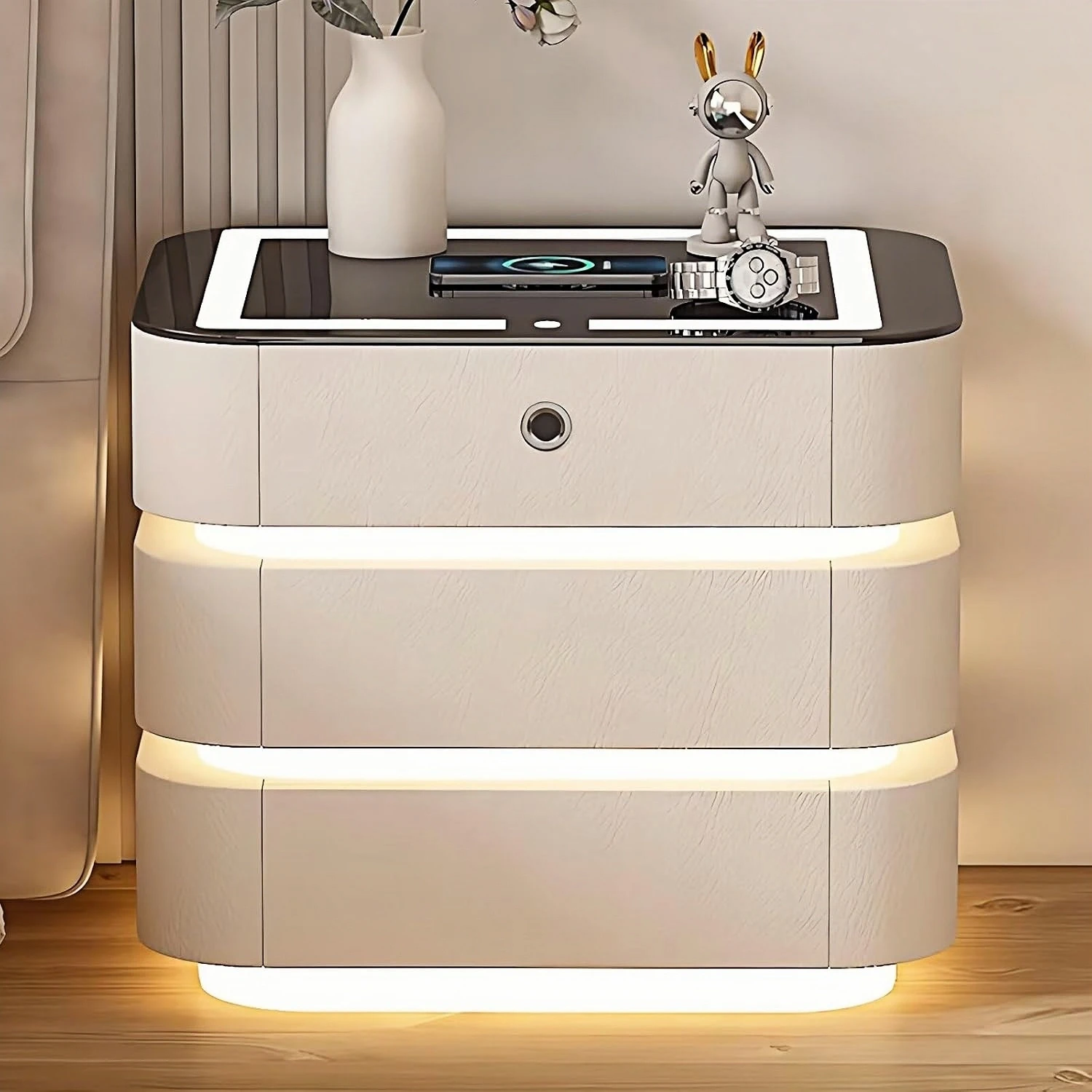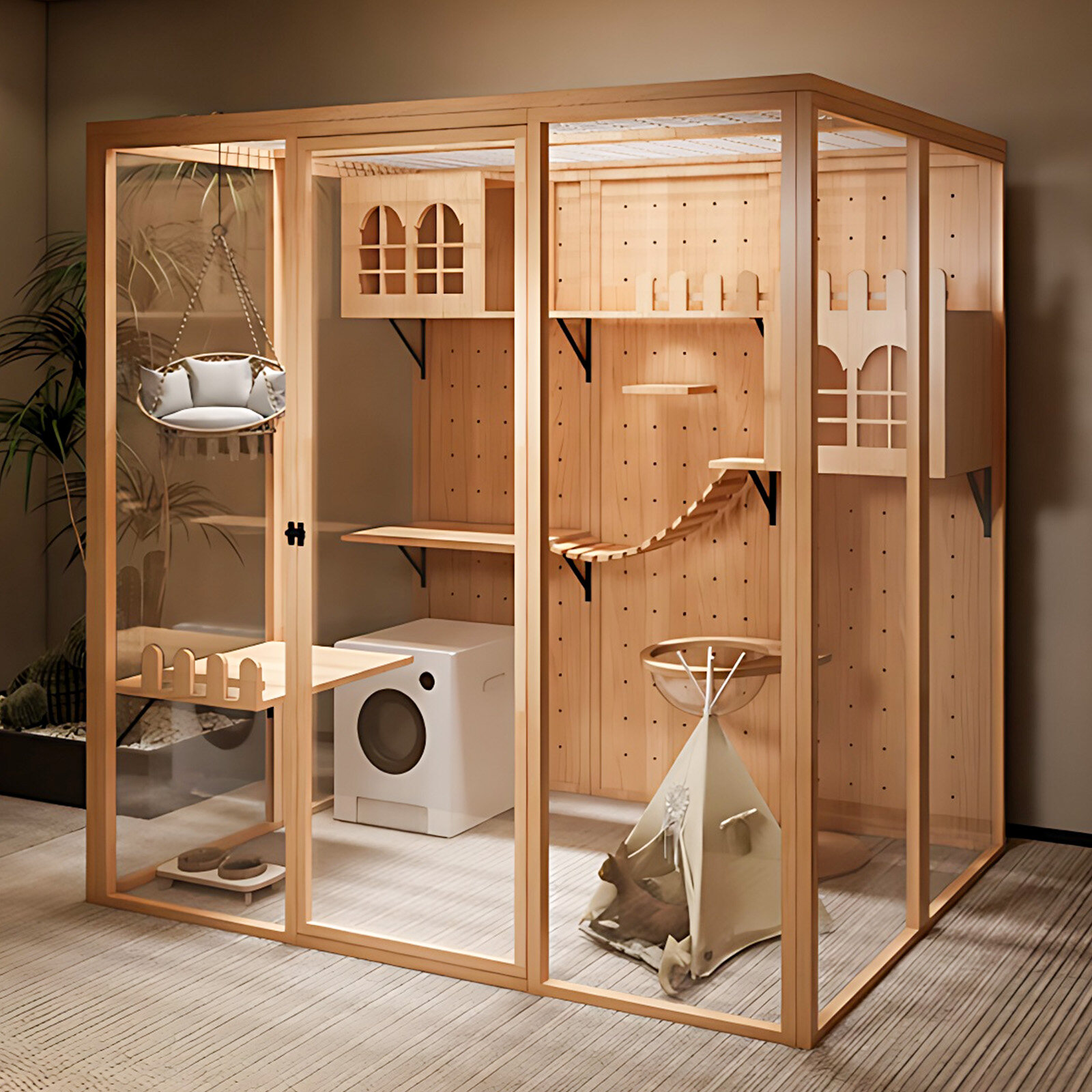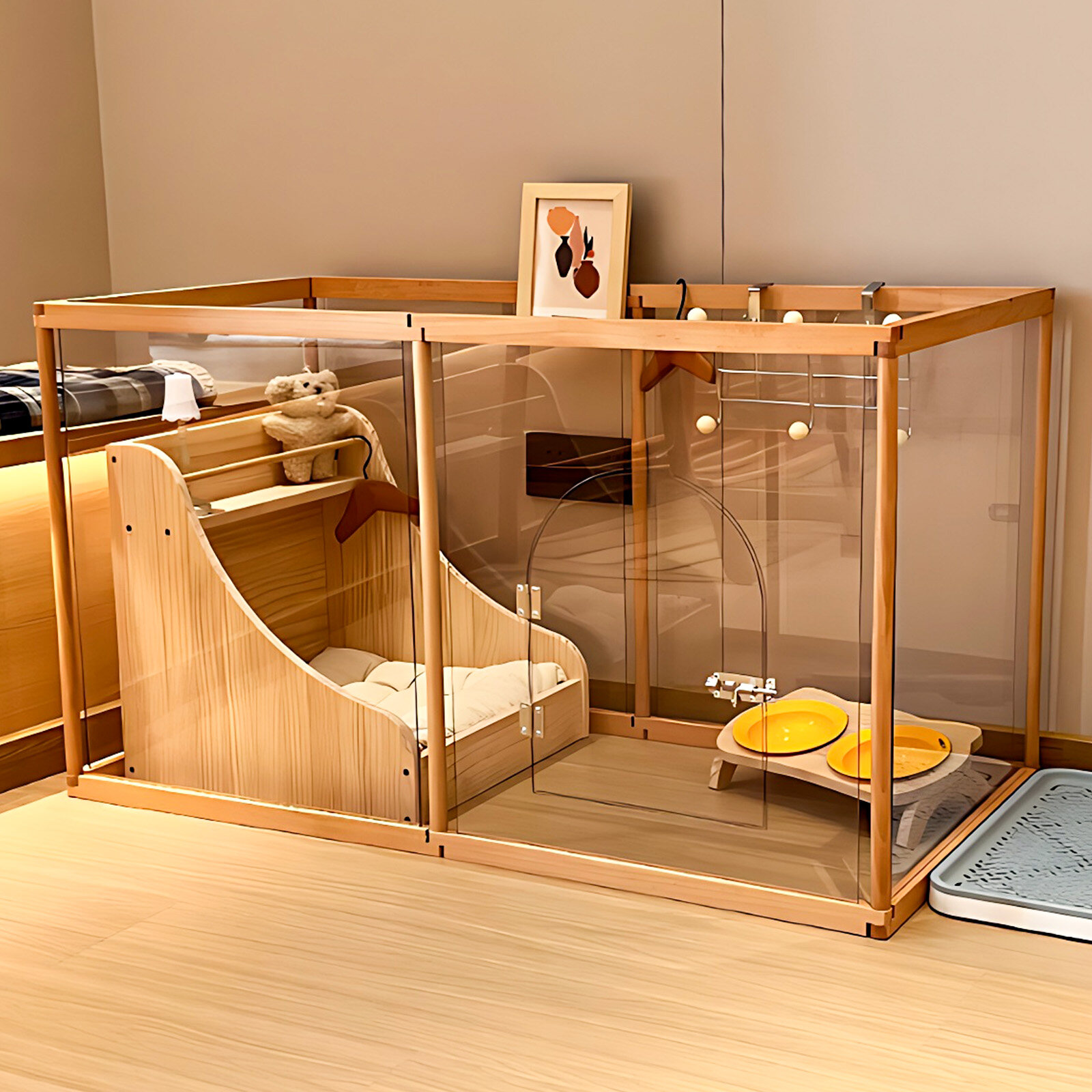Choosing a bathtub is seldom purely a matter of form and hue. Below glossy surfaces lie potent issues of substance that govern a tub's weight, warmth, lifespan, and even how quietly it holds water while you soak. They use terms like what are bathtubs made of as they weigh the trade‑offs among comfort, cost, and carbon footprint, trying to come up with a balance of tactile pleasure and structural prudence that also delivers on promises of sufficient lifespan and good maintenance.
Acrylic: Lightweight Comfort With Design Freedom
When folks inquire about what are bathtubs made of, acrylic almost invariably comes first in the responses. This thermoformable sheet plastic can be vacuum-molded into the ergonomic curves and handy notches, flanges, and such that make for a comfortable bathing experience.
The curves even have something to do with how well the thing holds heat, though how that is so is a bit of a curve in itself. Infractions against the surface—dings, scratches—can be corrected. Alleged replacements have a weird way of not quite matching the newness and smoothness of the original.
Fiberglass (FRP): Budget-Friendly, Fast to Install
When posed with the question of what are bathtubs made of, one often sees fiberglass-reinforced plastic (FRP) touted as a leading option. Bathtub manufacturers make FRP by mixing and spraying or layering glass fibers into resin. When set, the resin achieves a light yet quite strong shell that installers consider manageable even in tight spaces or during awkward renovations. Fiberglass bathtubs do, however, come with a few caveats.
One is that if scratches or dents mar the surface, the fiberglass can look rough even if it is clean. Another is that if the bathtub isn't installed with sufficient support, the membrane can flex. A third and perhaps most important caveat is to carefully maintain and clean the surface after every use since the fiberglass can pick up stains far more quickly than a solid-surface alternative.
Cast Iron: Heritage Heft and Heat Retention
Cast iron bathtubs are renowned for their exceptional durability and excellent heat retention. They're crafted by pouring molten iron into molds, then coating the interior with a layer of vitreous enamel. The result is a tub that's incredibly sturdy—almost indestructible—with a dense mass that dampens sound and an enamel surface that resists wear for decades.
In fact, with normal household use, these tubs can easily last 40 years or more. Even if your grandson decides to use it as a battlefield for his toy soldiers, the interior is likely to remain unscathed. While it may not be immune to every wild scenario imaginable, a cast-iron bathtub holds its ground—both literally and figuratively.
Stone Resin & Solid Surface: Monolithic Aesthetics, Modern Performance
Today, when what are bathtubs made of is discussed, it increasingly includes stone, resin, and other solid-surface composites. These materials blend mineral fillers with high-performance resins to deliver a surface that feels velvety, and more importantly, feels warm to the touch and retains warmth in the tub itself.
And while the materials we are now describing have the kind of seductive qualities that make it easy to want to be in a bathtub, the fact is that how they're constructed and how they're finished can make or break the bath, not only in terms of aesthetics but in terms of comfort and viability as bathroom furniture.
Sustainability, VOCs, and End-of-Life Pathways
Buyers who are still sustainability-oriented find themselves asking the question: what are bathtubs made of? It is an essential first inquiry. The bathtub's materials hold sway over embodied energy, volatile organic compound (VOC) emissions from resins, the recyclable-versus-nonrecyclable nature of the metal used, whether composite should have been used instead, and the still-too-infrequent bathtub refinishing rather than replacing that so many upscale manufacturers recommend.
Alongside this essential first inquiry is a necessary look at supply-chain transparency and material certifications in order to discern what the practicality of "reclaiming" or recycling the bathtub at the end of its service life really is.
Buyers need to reckon with how weight, shipping distance, and curing chemistries can materially influence the overall environmental footprint of what is perhaps the most labor-intensive and invasive part of the bathroom upgrade.
Modern Asymmetrical Bathtubs with Ergonomic and Thermal Insulation Design: The modern asymmetric bathtub is increasingly the one that designers trust when it comes to superior ergonomic design. To start, the basic contours of these modern tubs (inside and out) have largely been sculpted with human anatomy in mind. Many of those bathing today in a contemporary tub can find an ideal sloped-back position to lounge with surprisingly minimal strain. For some models, the inclination of the surface between the user's back and the tub wall is an angle slightly greater than 60 degrees.
Recommendation
At Suncharm, we know what are bathtubs made of and believe strongly in what we've painstakingly engineered and meticulously finished. So we wholeheartedly recommend, to homeowners, developers, and designers, our extensive portfolio of bathtub solutions. Not just because we make them, but because we believe they’ll truly serve you well. And we’re ready to show you why.

 USD
USD
 GBP
GBP
 EUR
EUR
